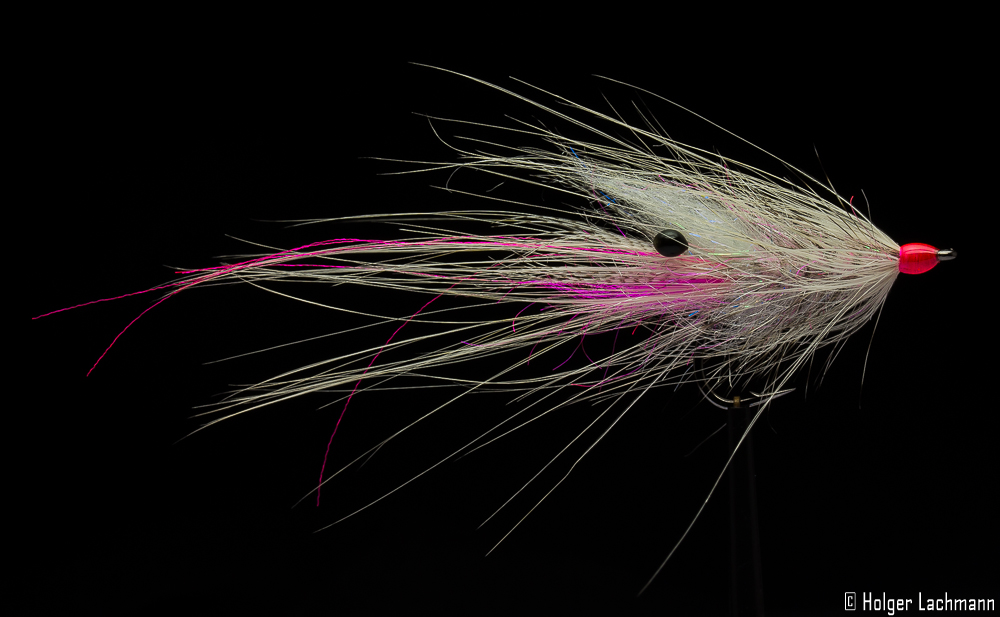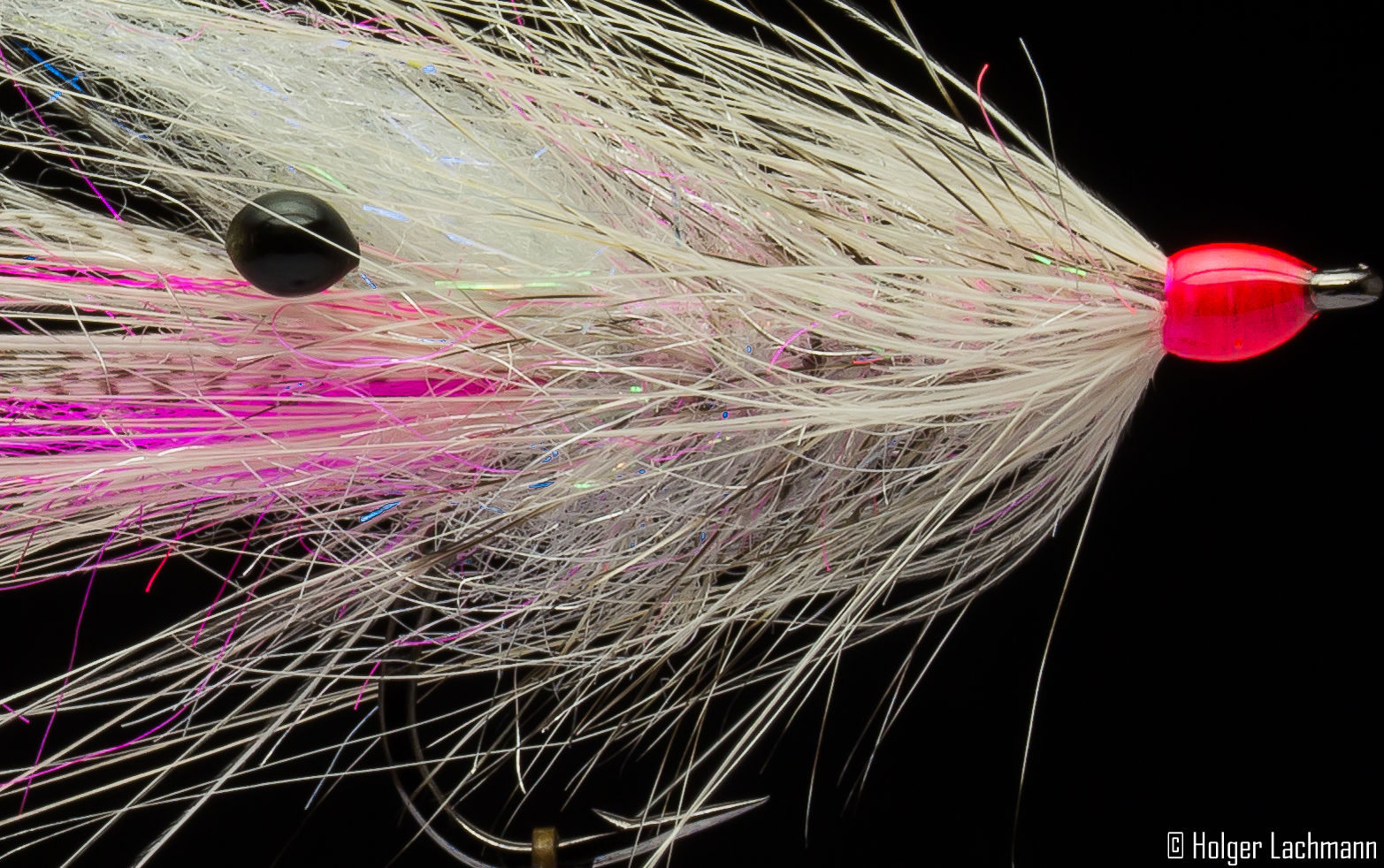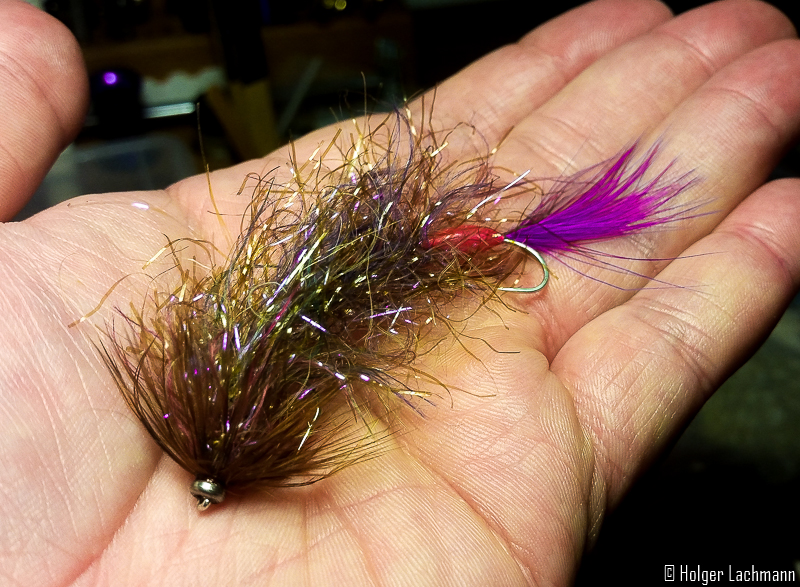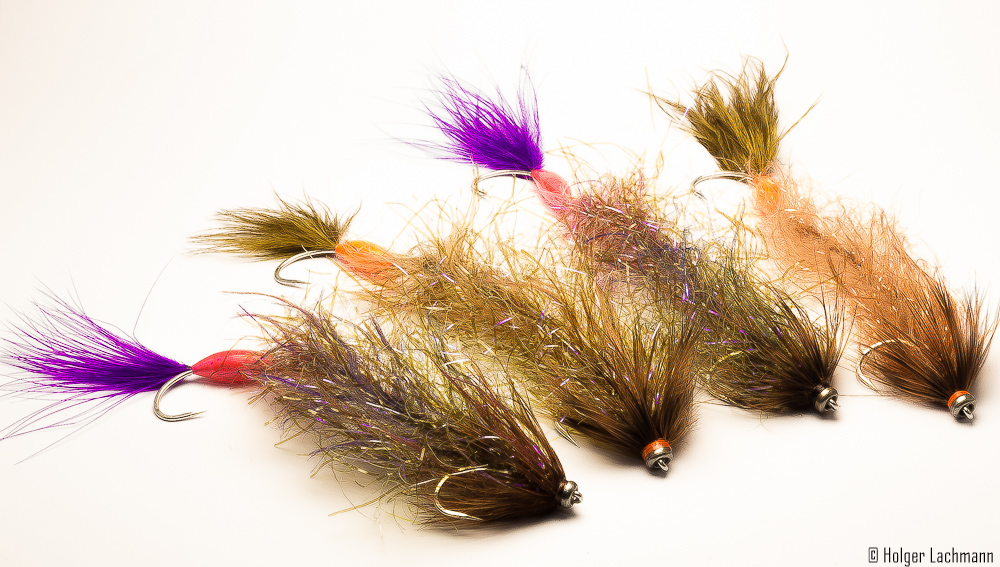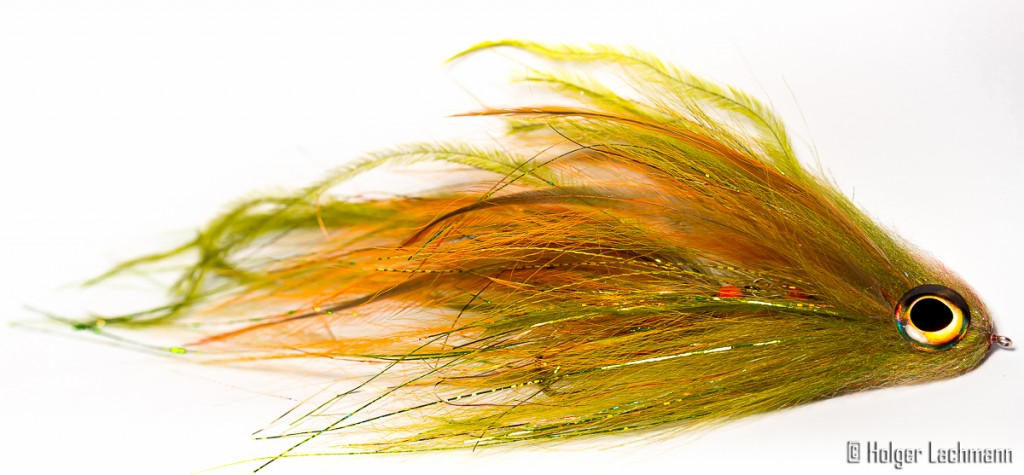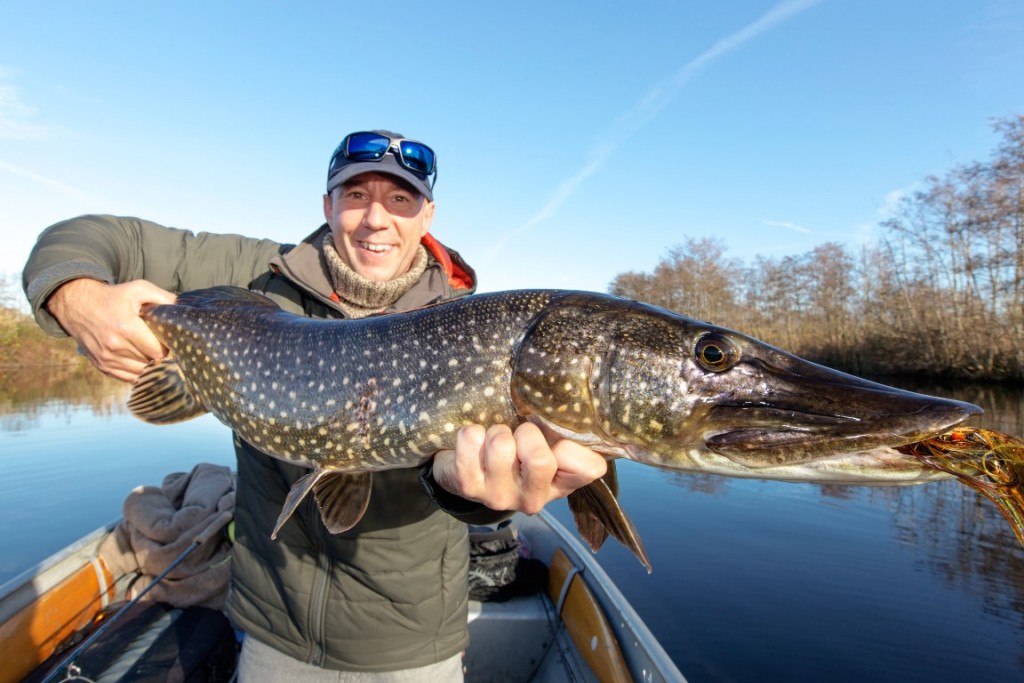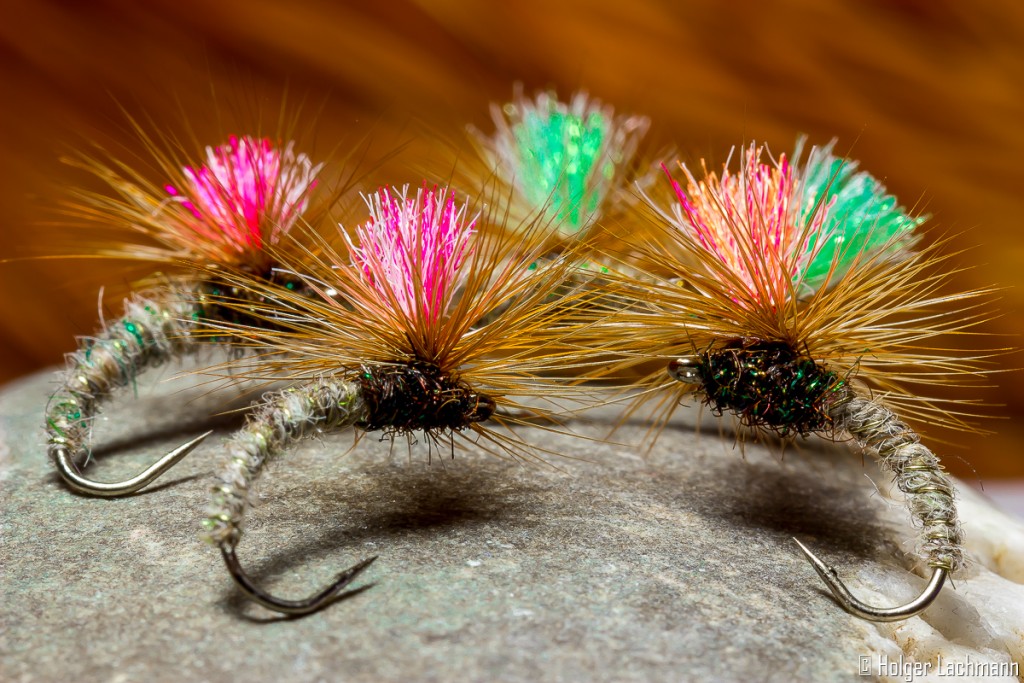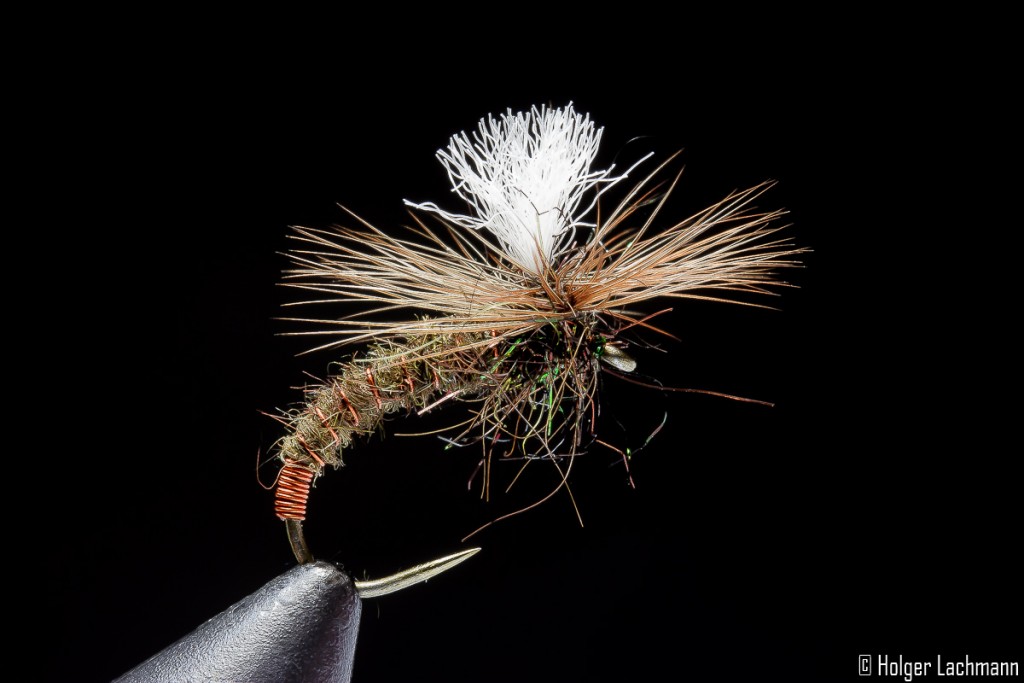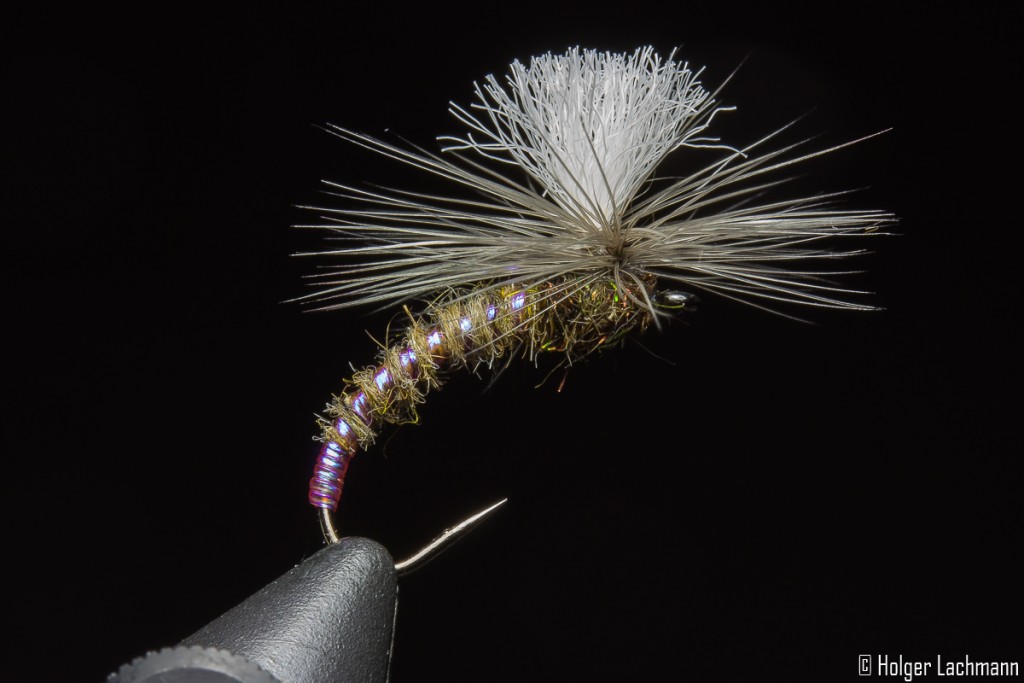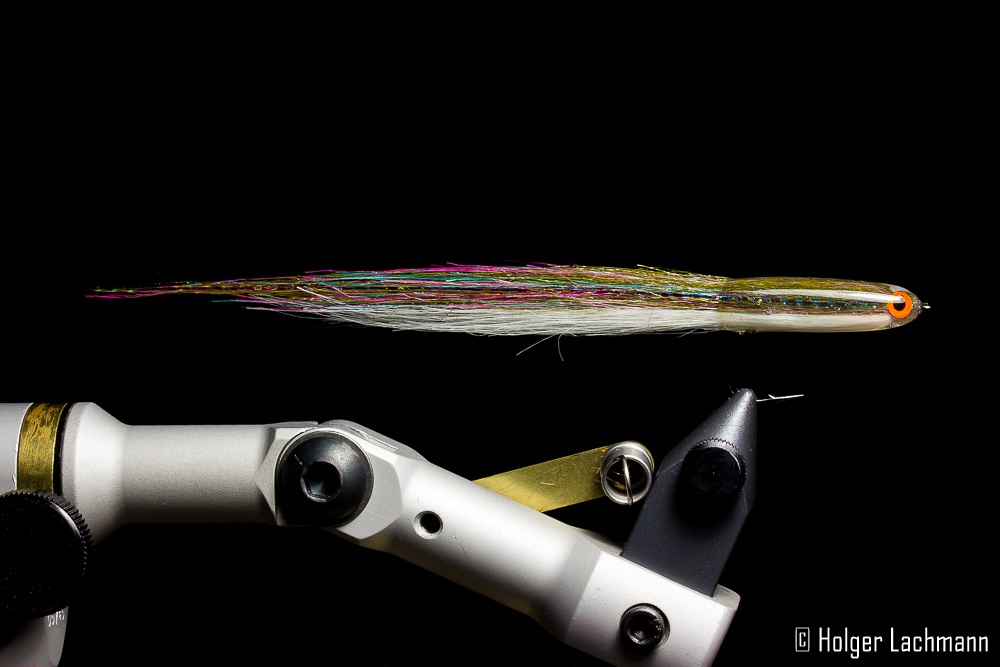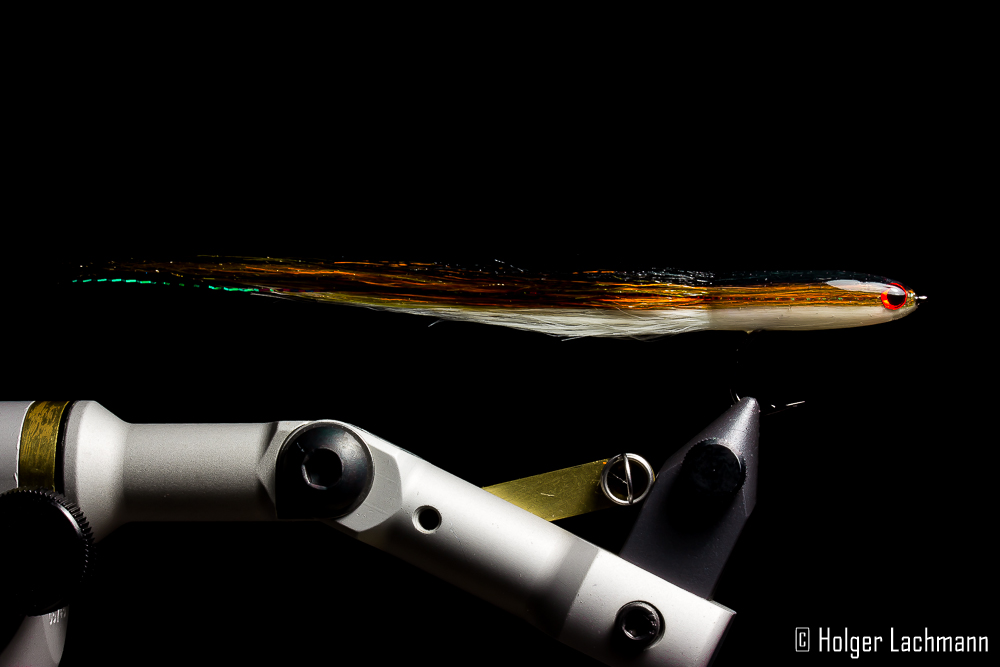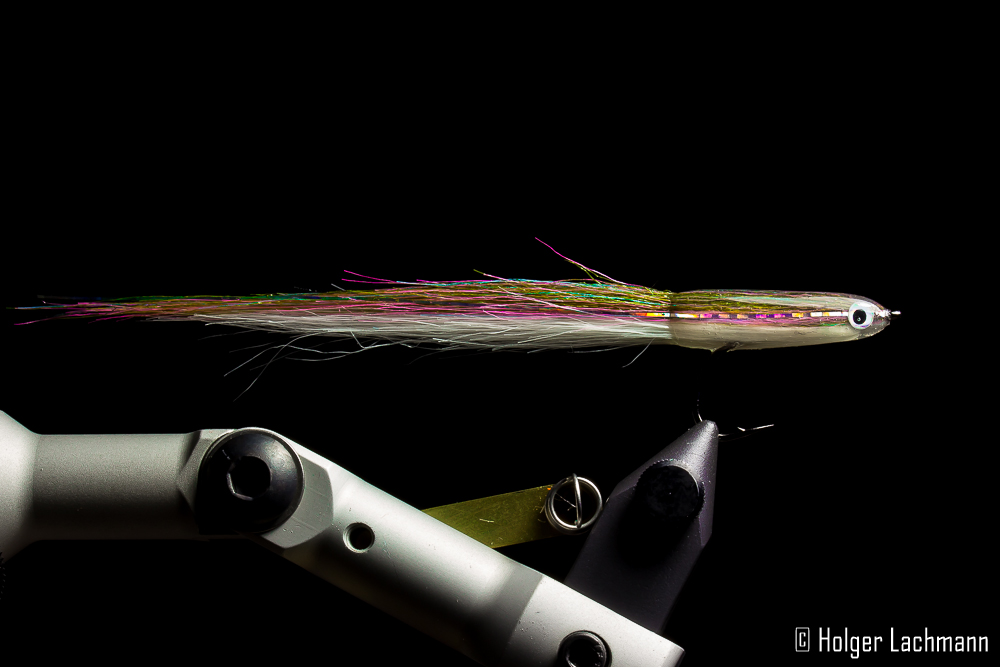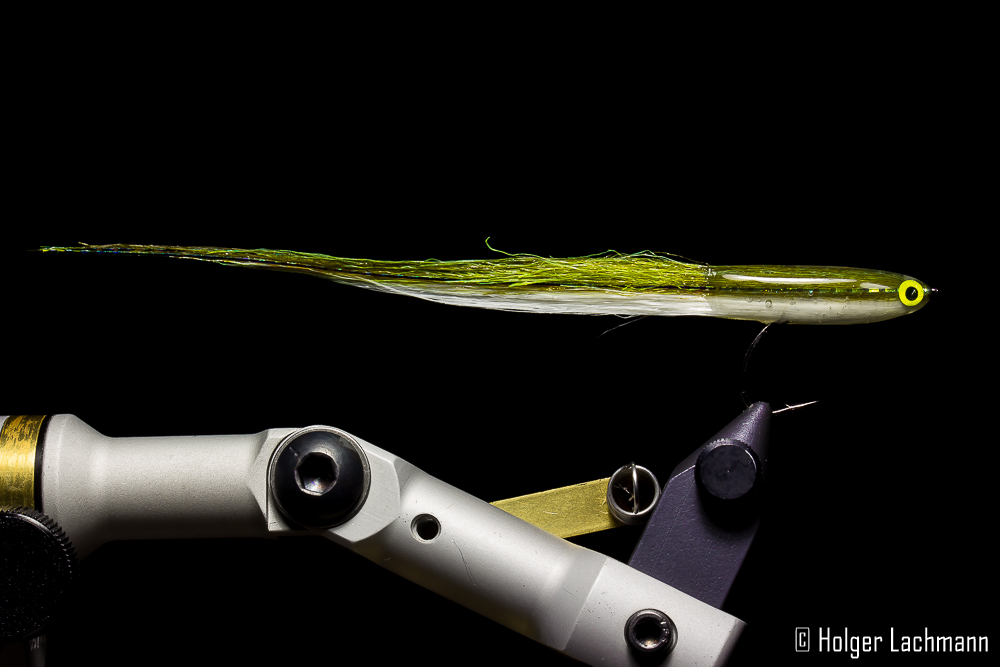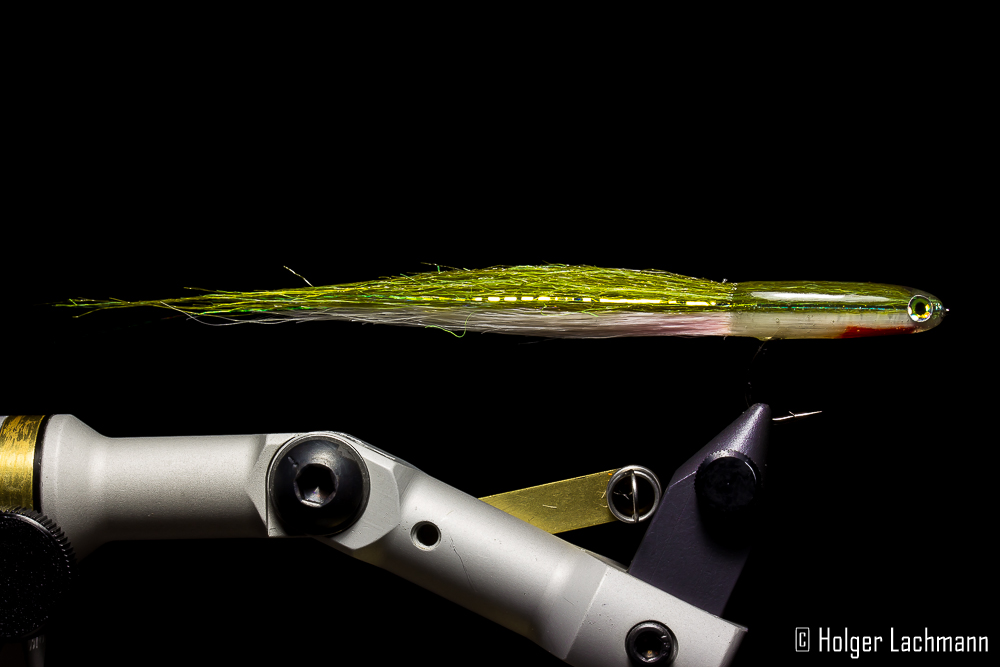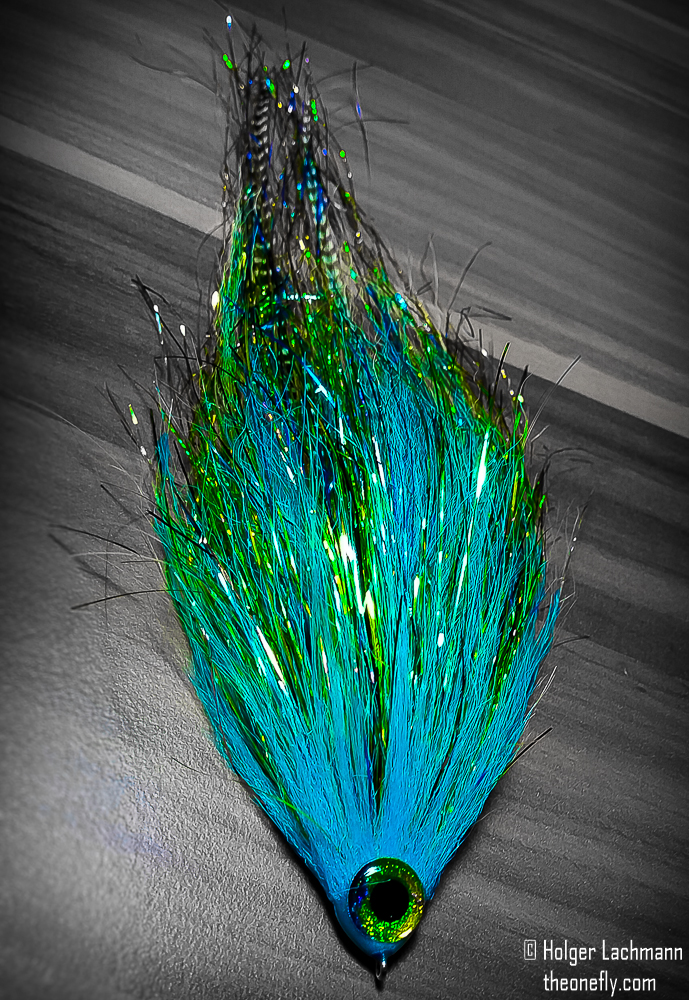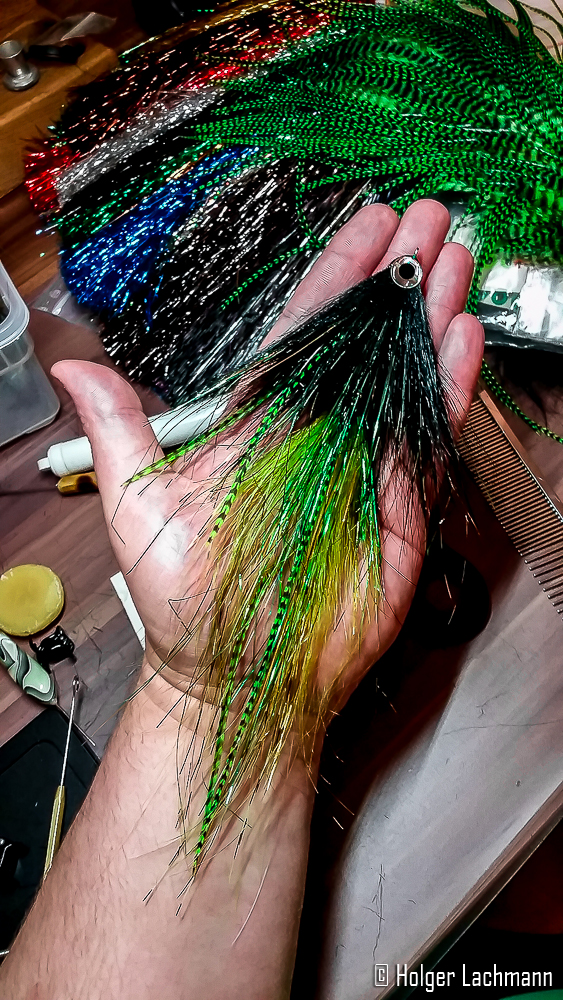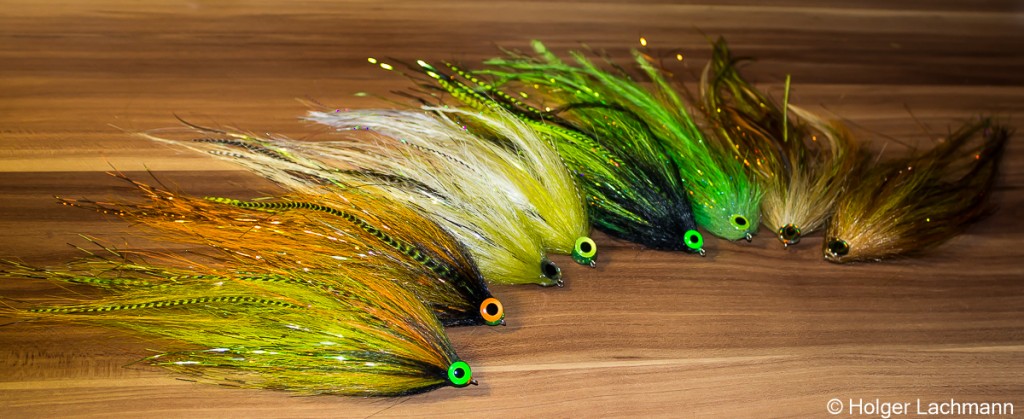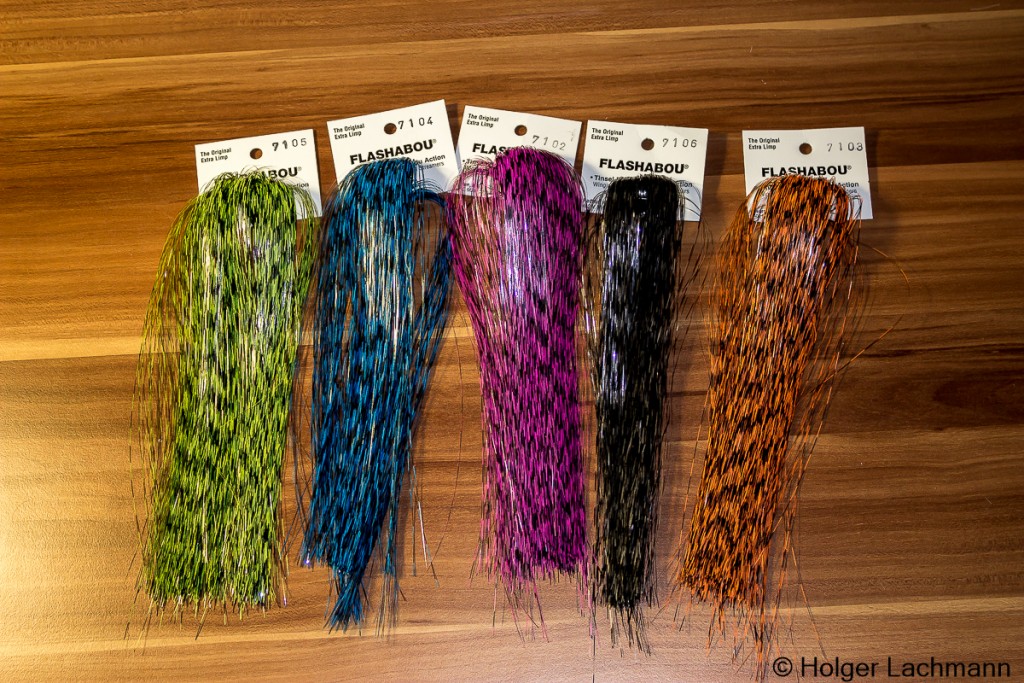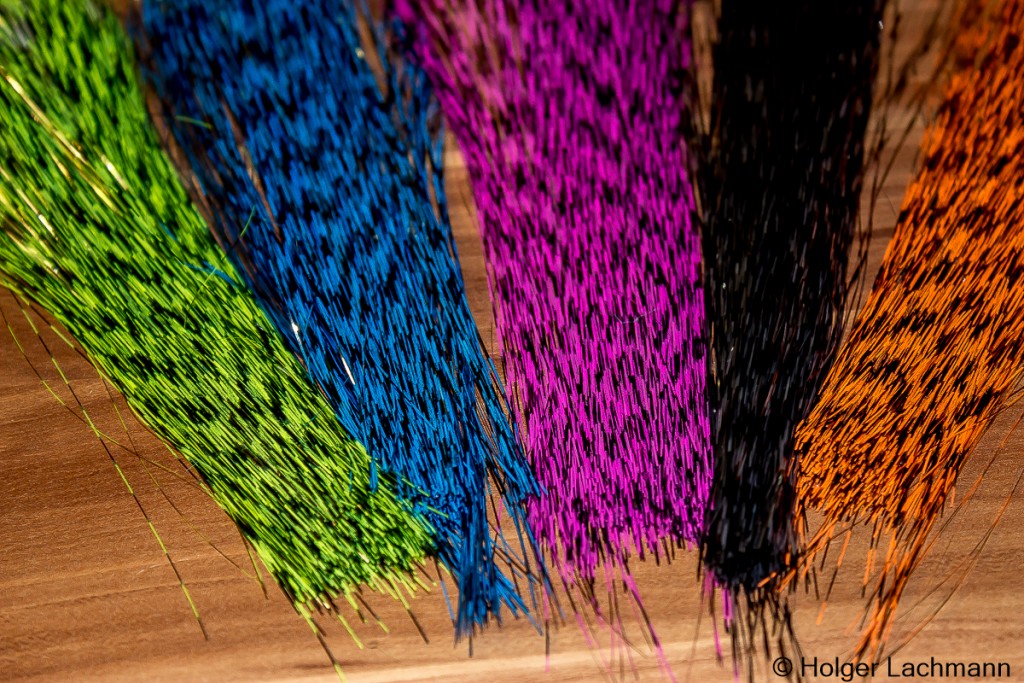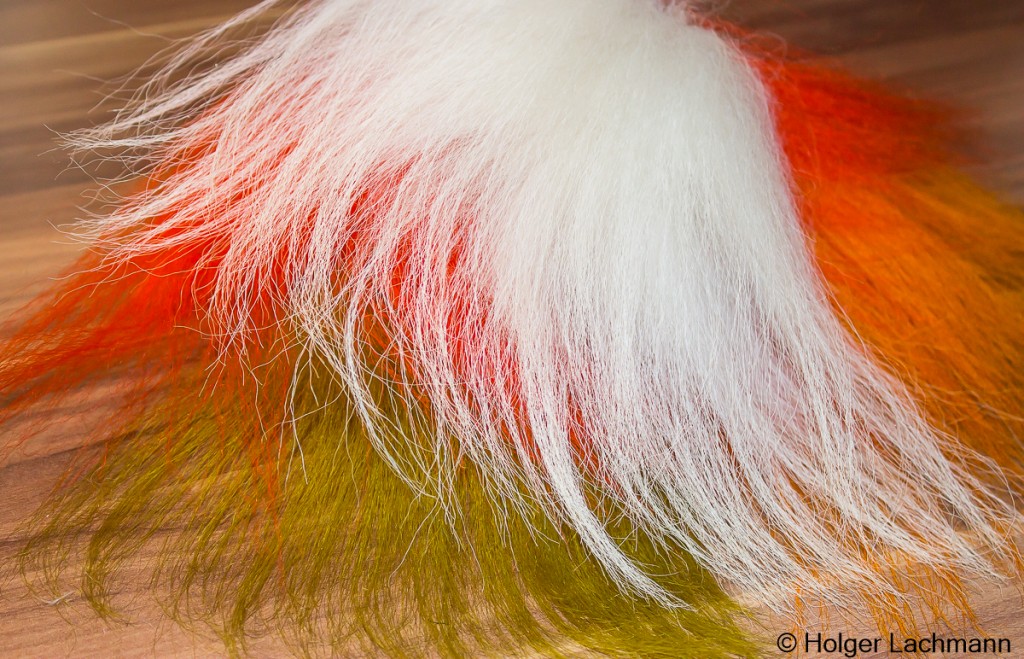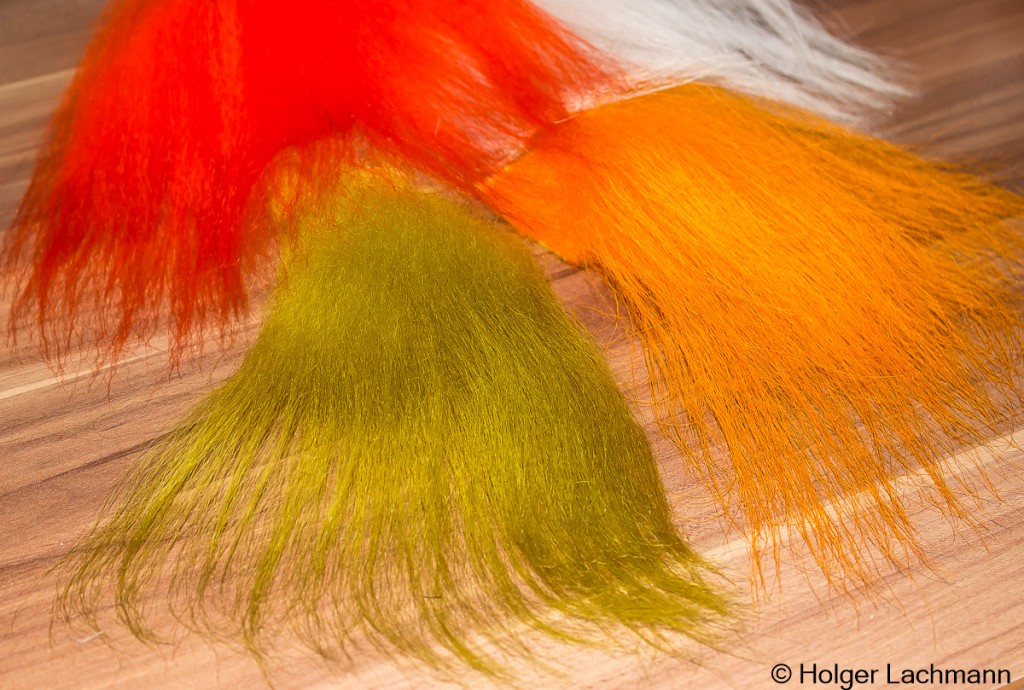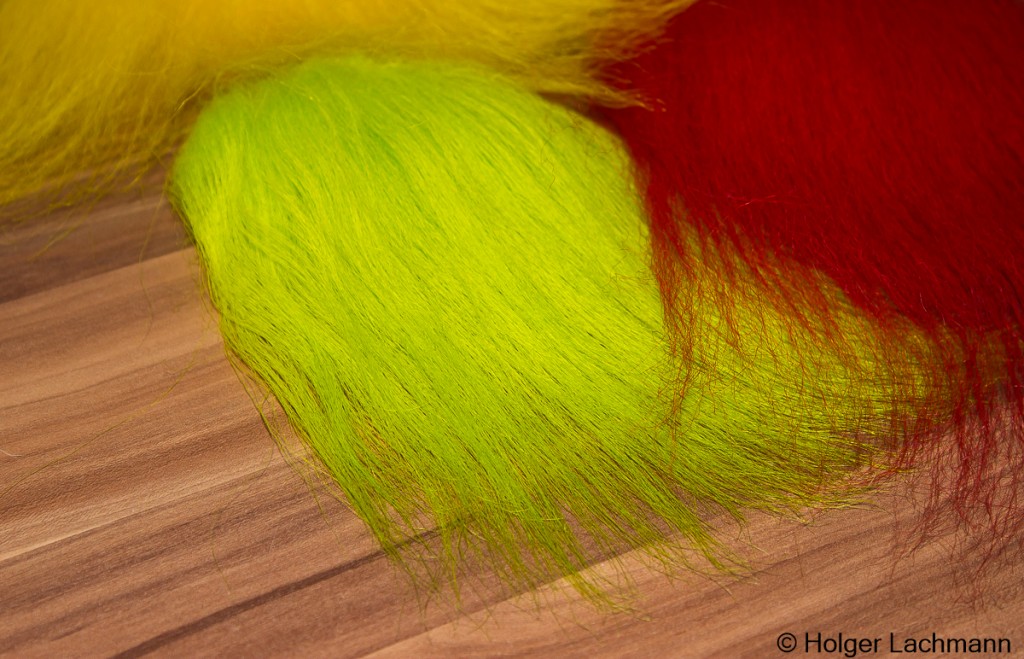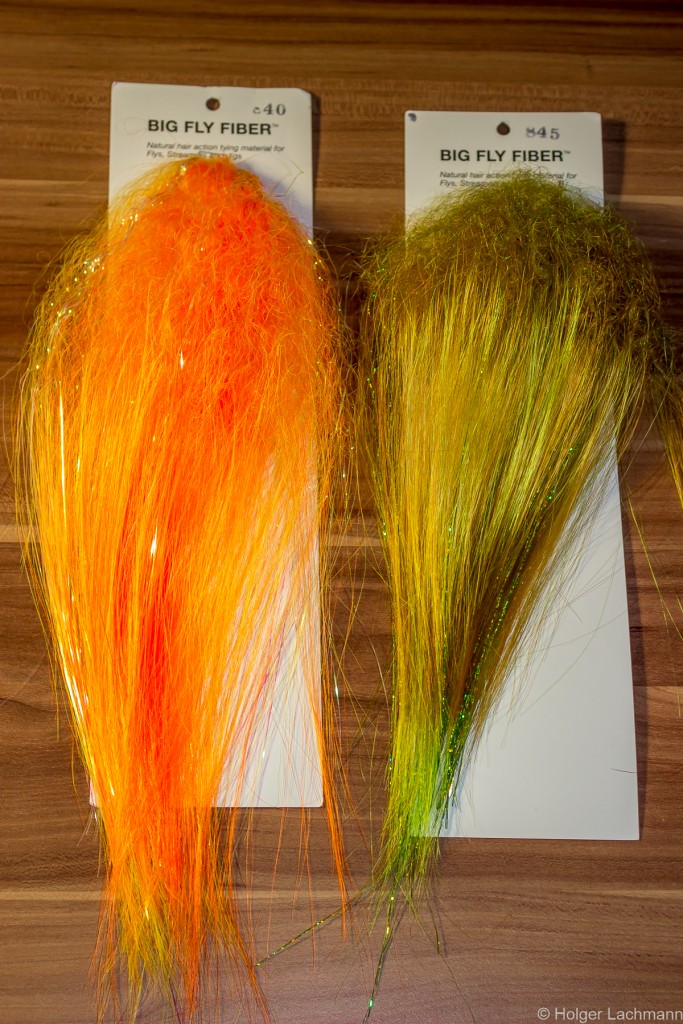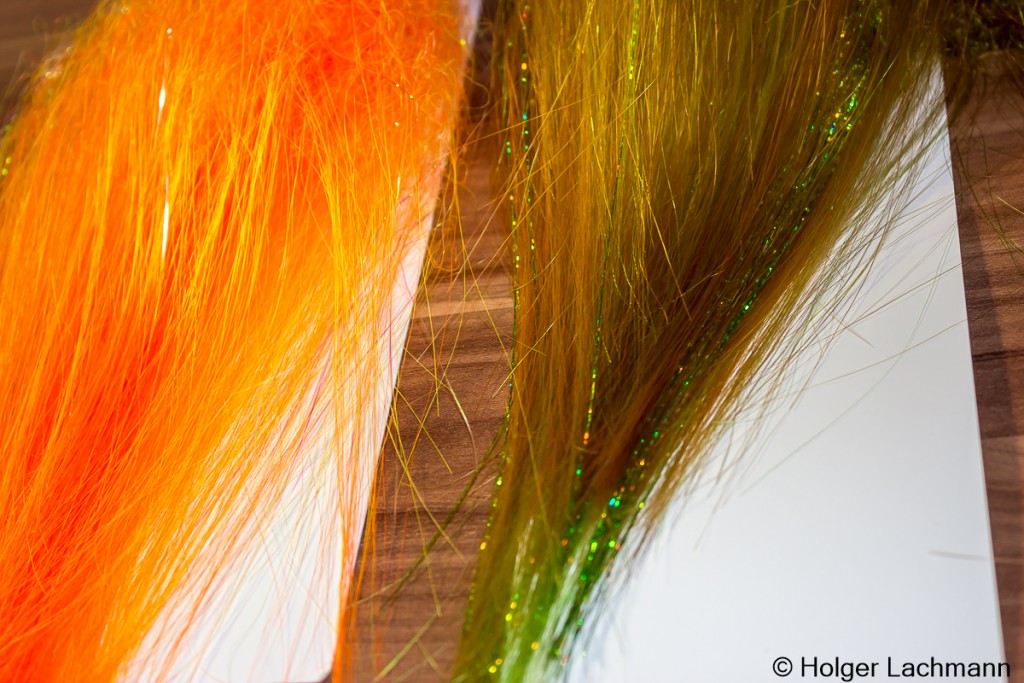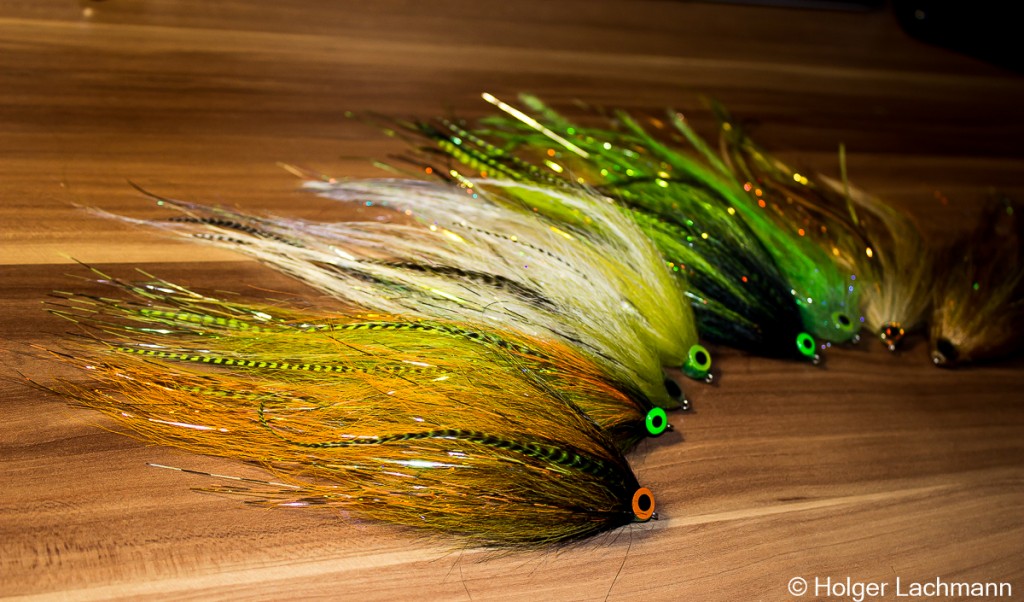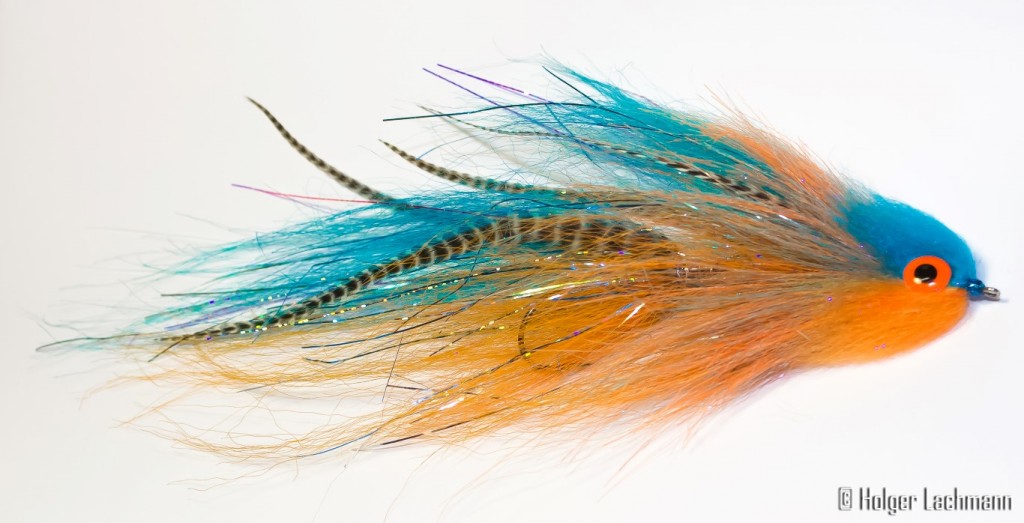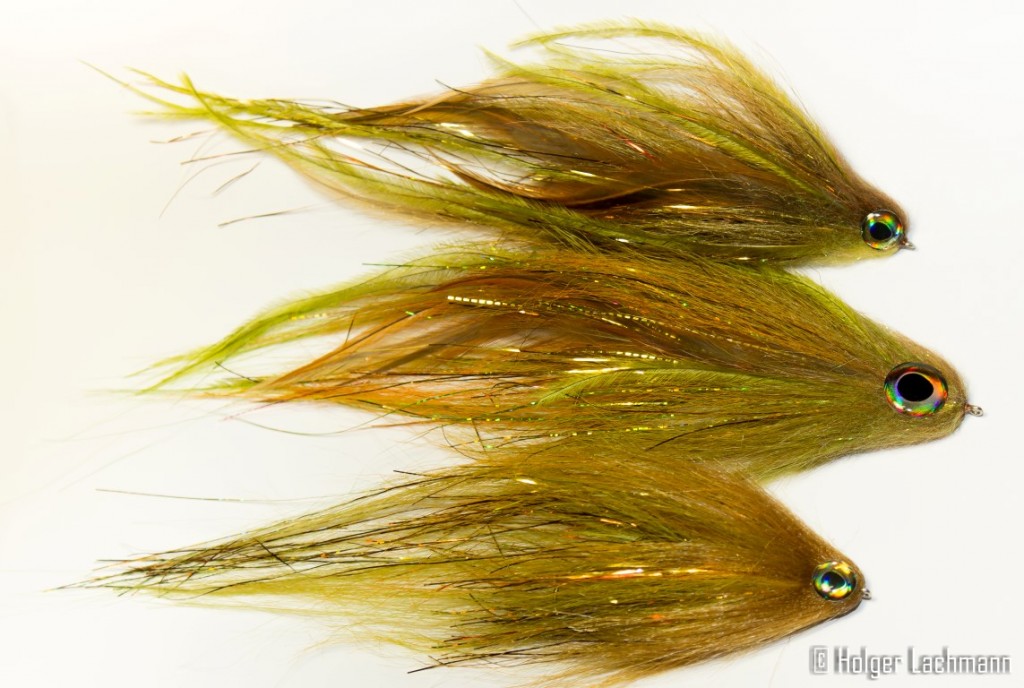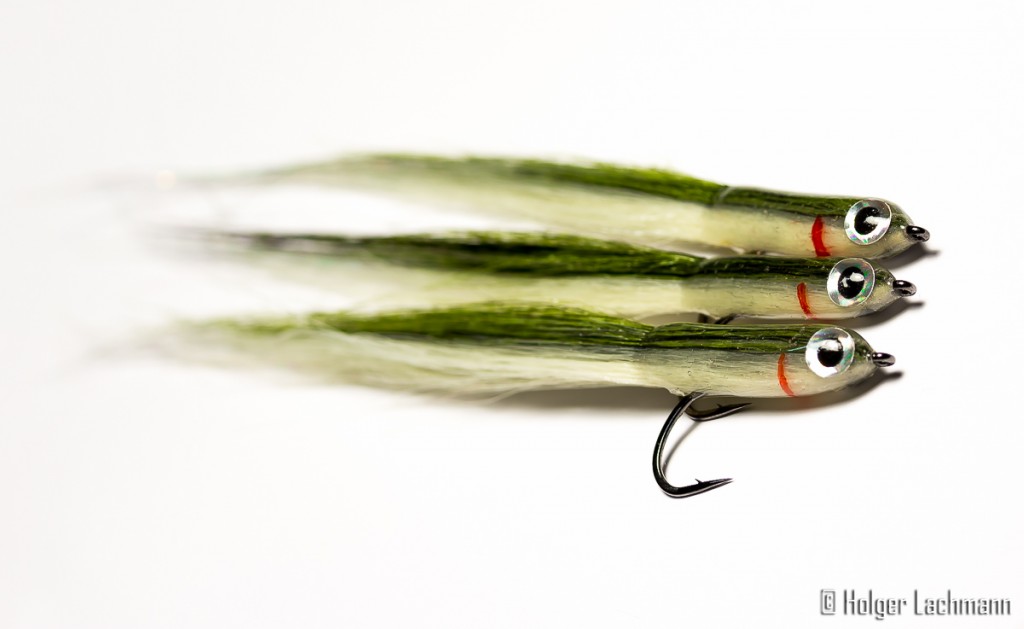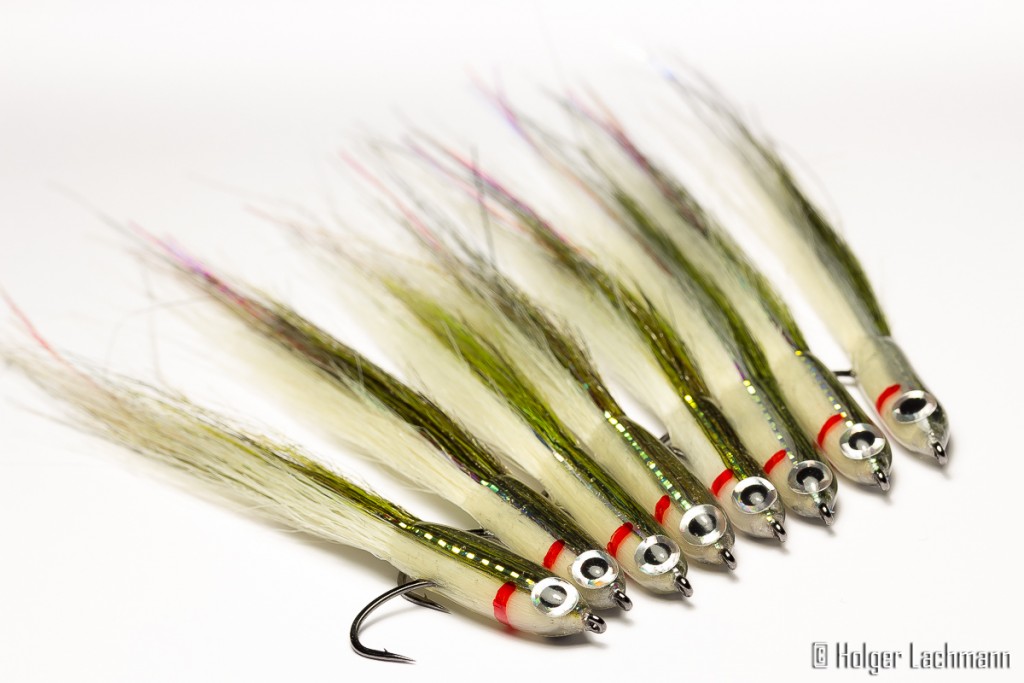Schlagwort-Archive: Fly Tying
I fish with worms… and you?
Worm Fly Step By Step
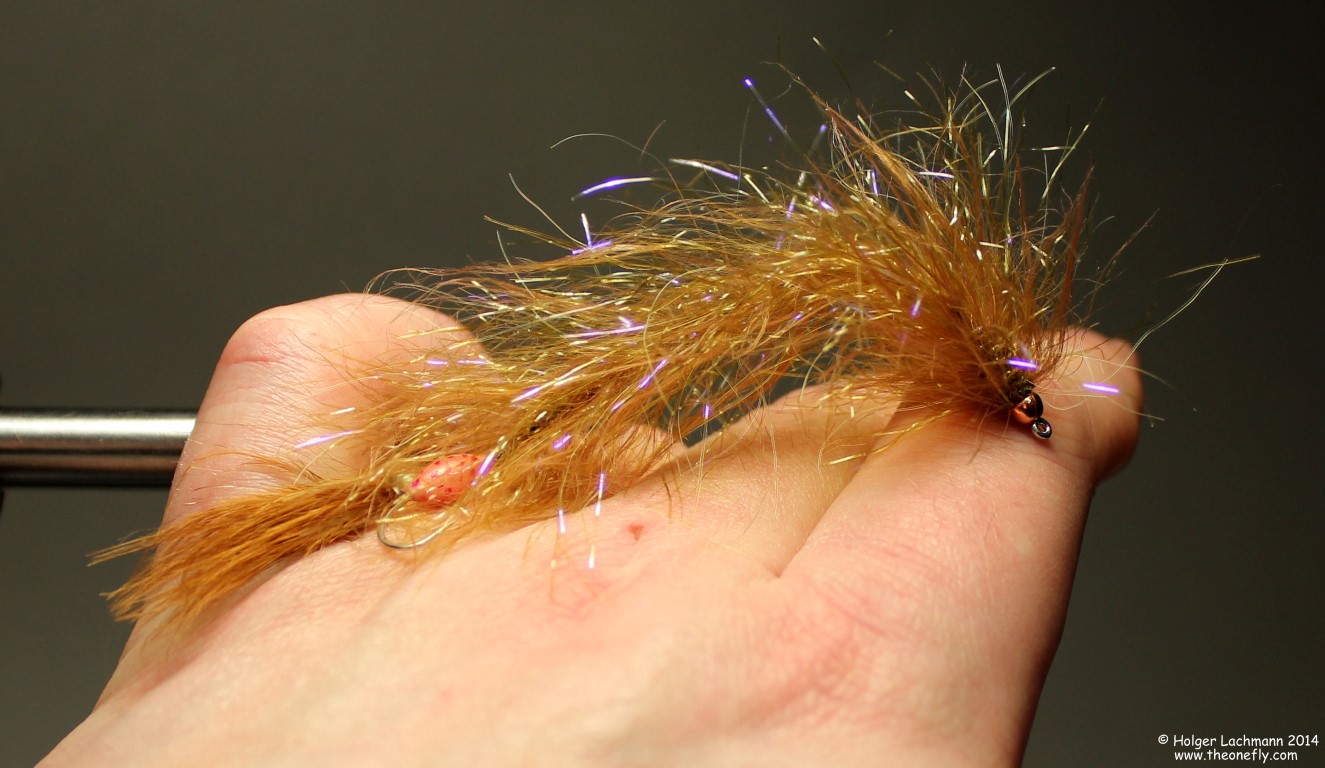
Every spring, the bristle worms (kind of a annelid) swarming in the Baltic Sea and the sea trouts are feeding like crazy on these worms and you really should have a worm pattern in your fly box, because you’ll never now, when the swarming will start. This worm pattern moves fantastic in the water and it’s worth the effort, even if a normal wooly bugger will catch fish. If you have tied one or two, you’ll see, that it’s really easy and fast to tie once you know how.
The first one who showed me this awesome technique to tie these worms was the master fly tyer Andy Weiß, one of the most creative fly tiers in the world and I’m glad to call him my good friend! He showed me a lot of tips and tricks over the years and I had some really cool and funny moments together with him in the last years. Andy, if you read this…what can I say…. cheers my friend!
Ok, back to business!
Here are the materials I’ve used:
- Hook: Gamakatsu SC 15 #2 and #4 in the back
- Thread: Dyneema thread white and UTC Ultra thread 70 fl. shell pink
- UV-Resin: Bug Bond
- Coloration: Marker Pen pink
- Tail: Marabou brown
- Body: Dyneema fishing line, UV Polar Chenille olive brown, Worm Wool brown (knitting wool)
- Weight: Tungsten bead
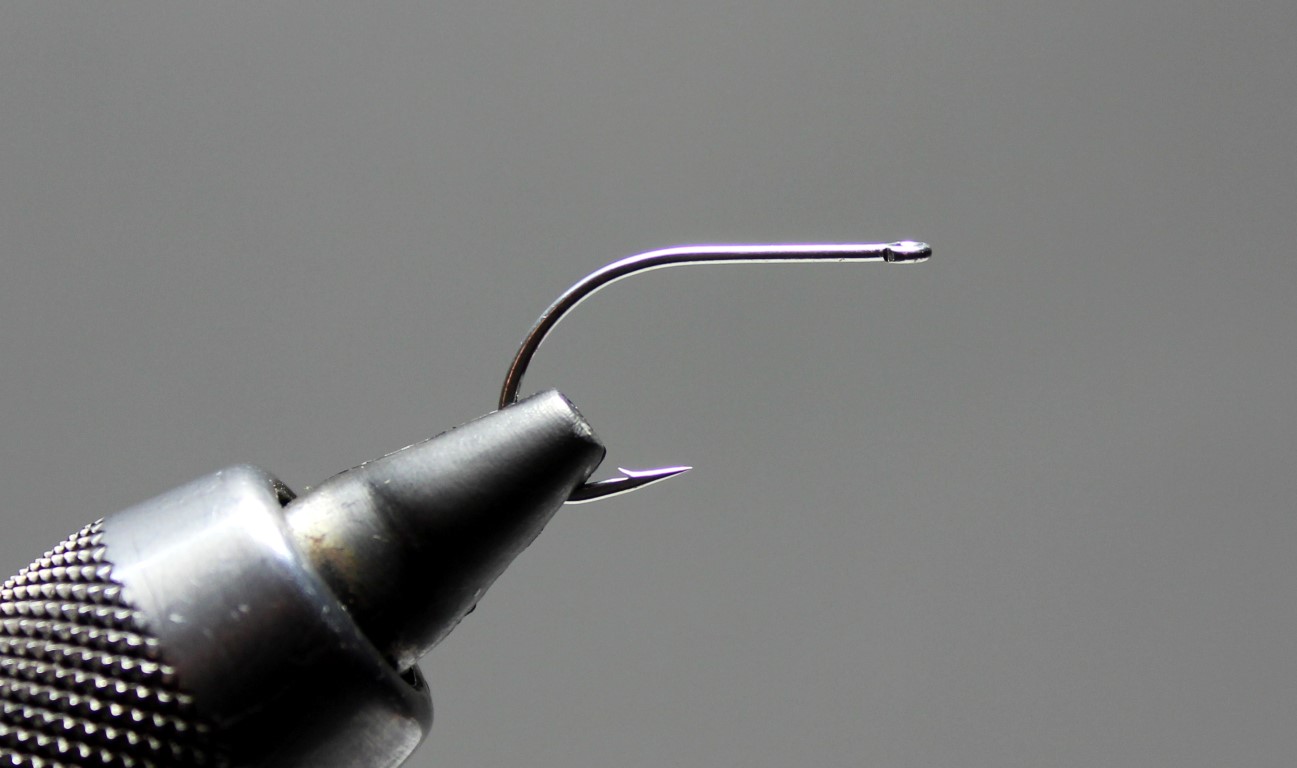
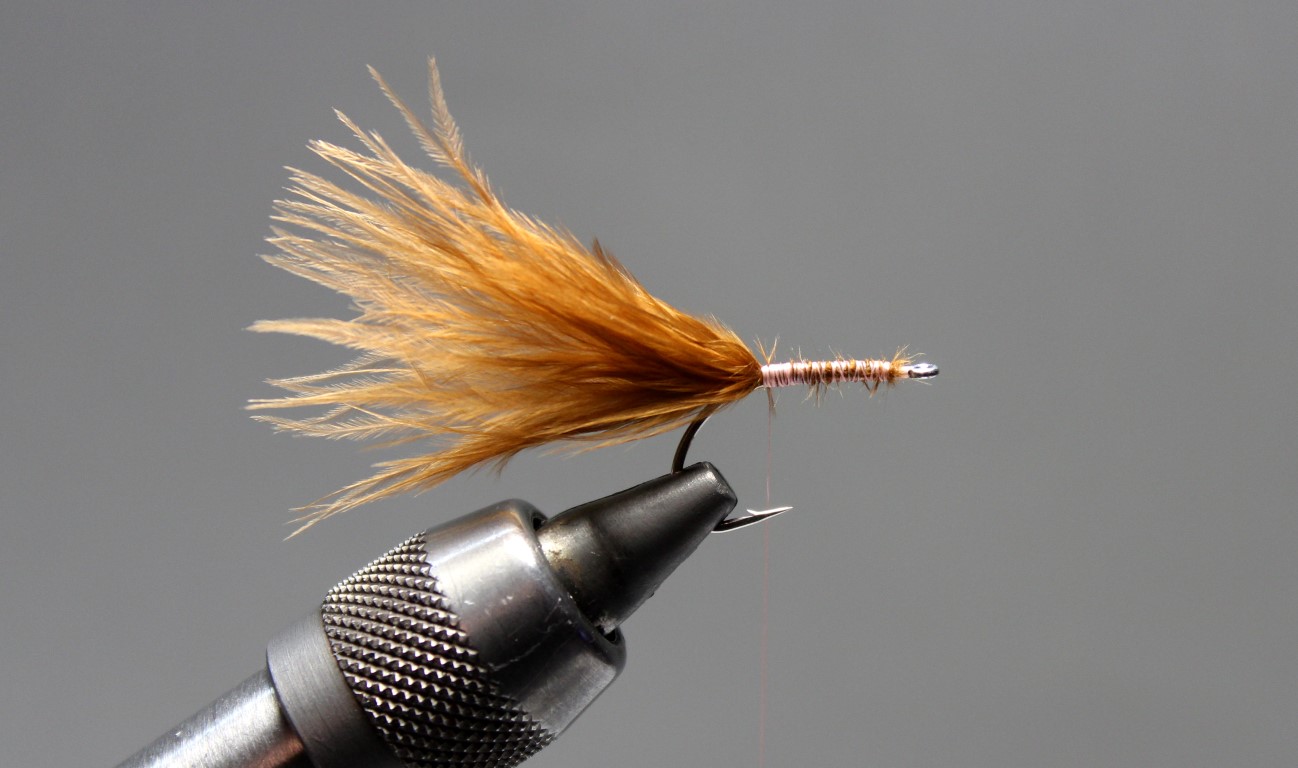
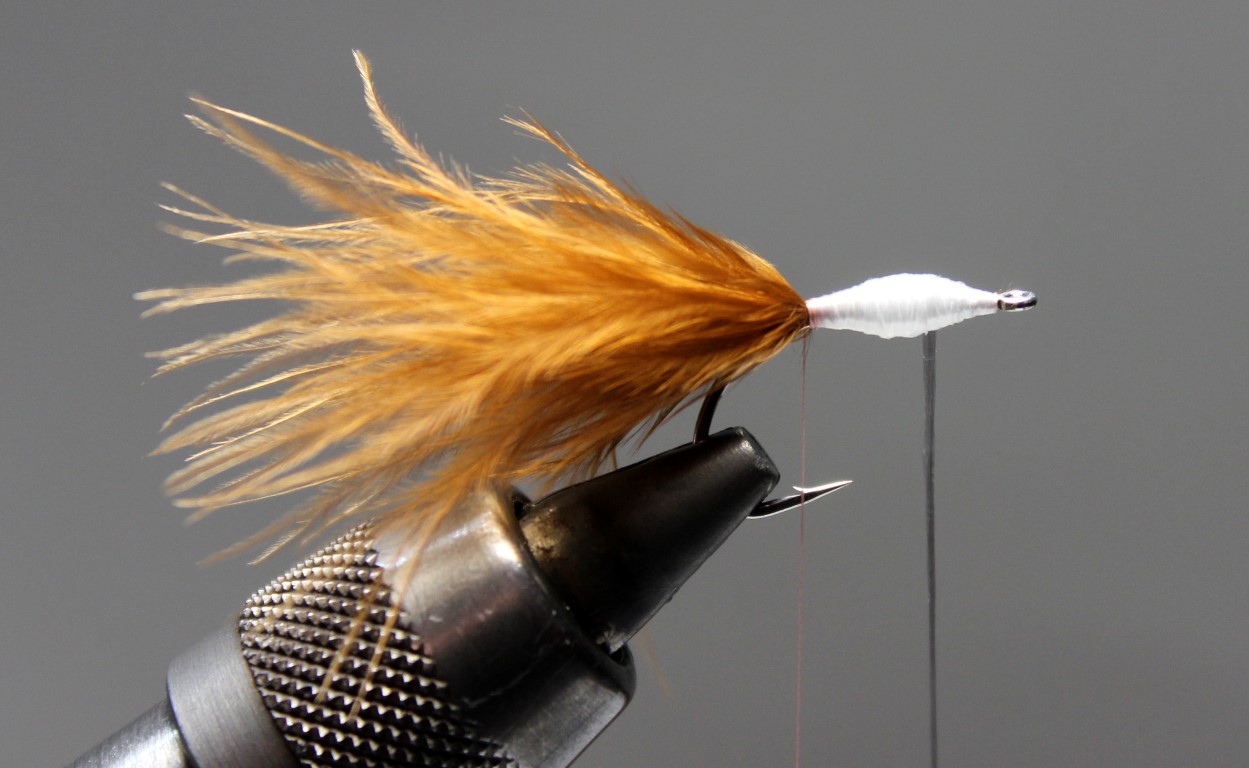
Put the hook into the vise and tie in a bunch of marabou. Build a kind of bubble on the hook shank. It’s easier to do it with a thicker thread instead of your normal tying thread.
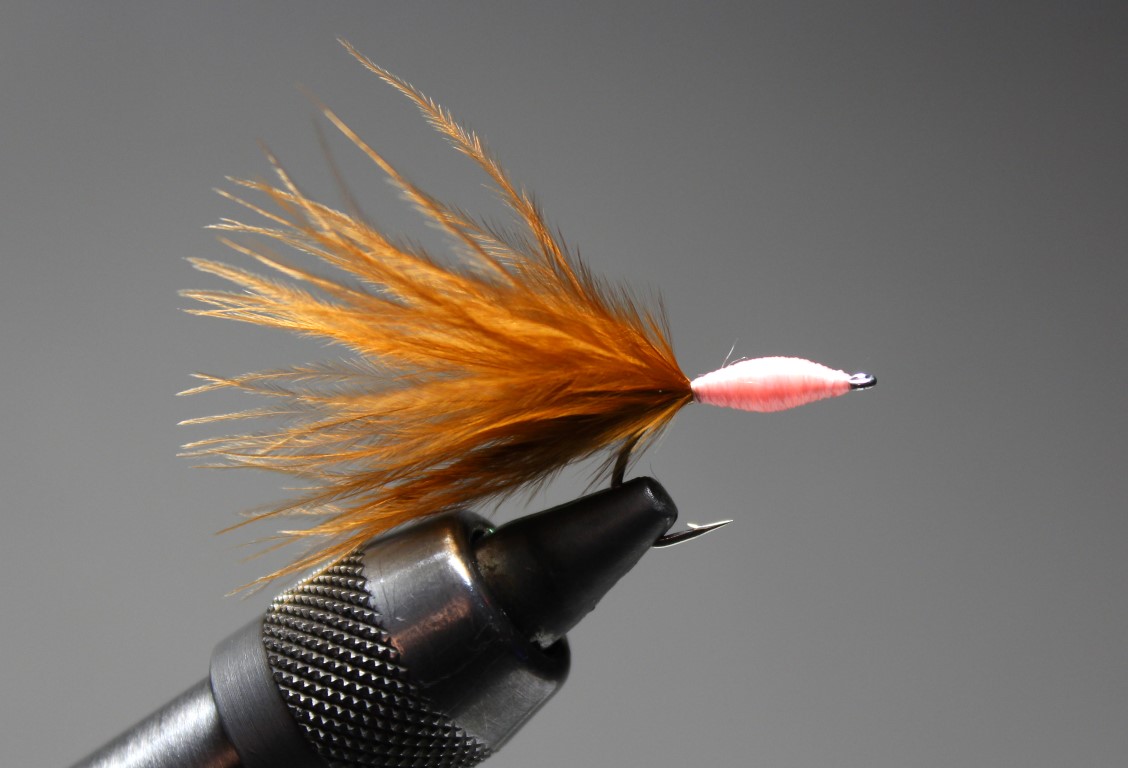
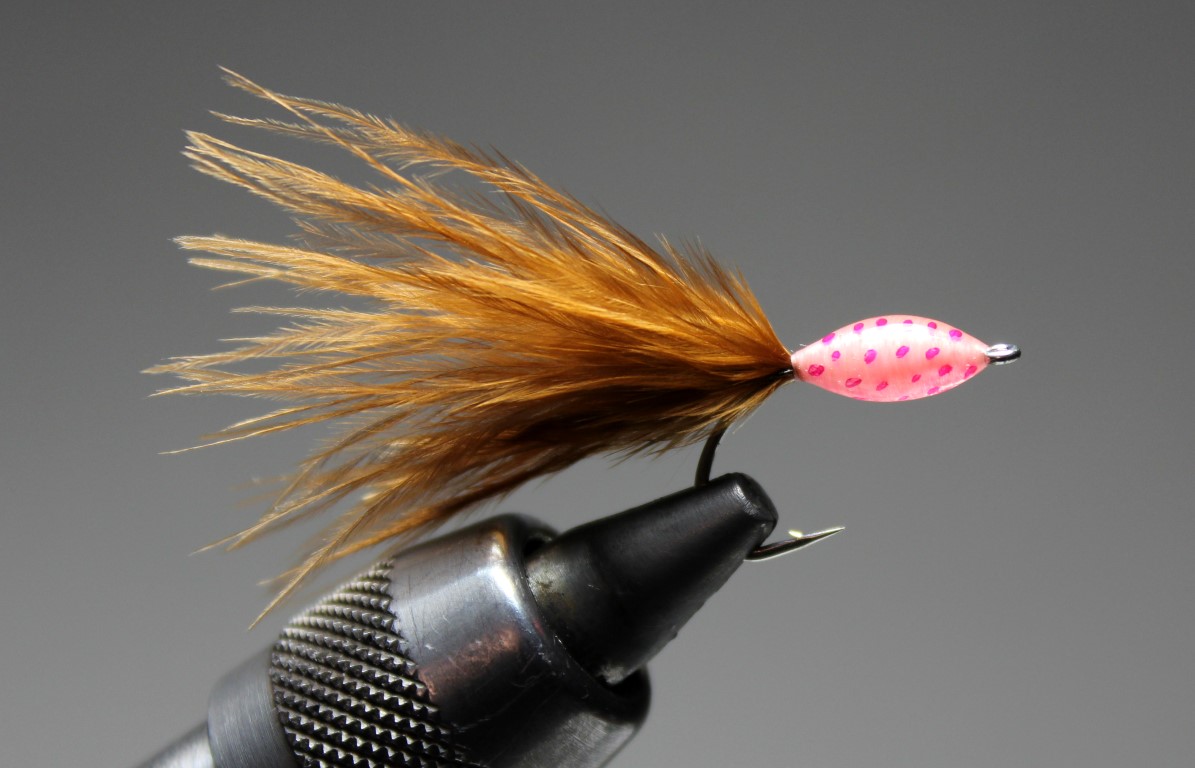
Tie over the white bubble with your tying thread in the color of your choise. Coat it with Bug Bond uv-resin. If you like it a bit fancy, do some small dots with your marker pen on the bubble and secure it with a second thin coating of Bug Bond to get the 3D effect. The bubble should imitate an egg ball and gives the worm a nice bite point.
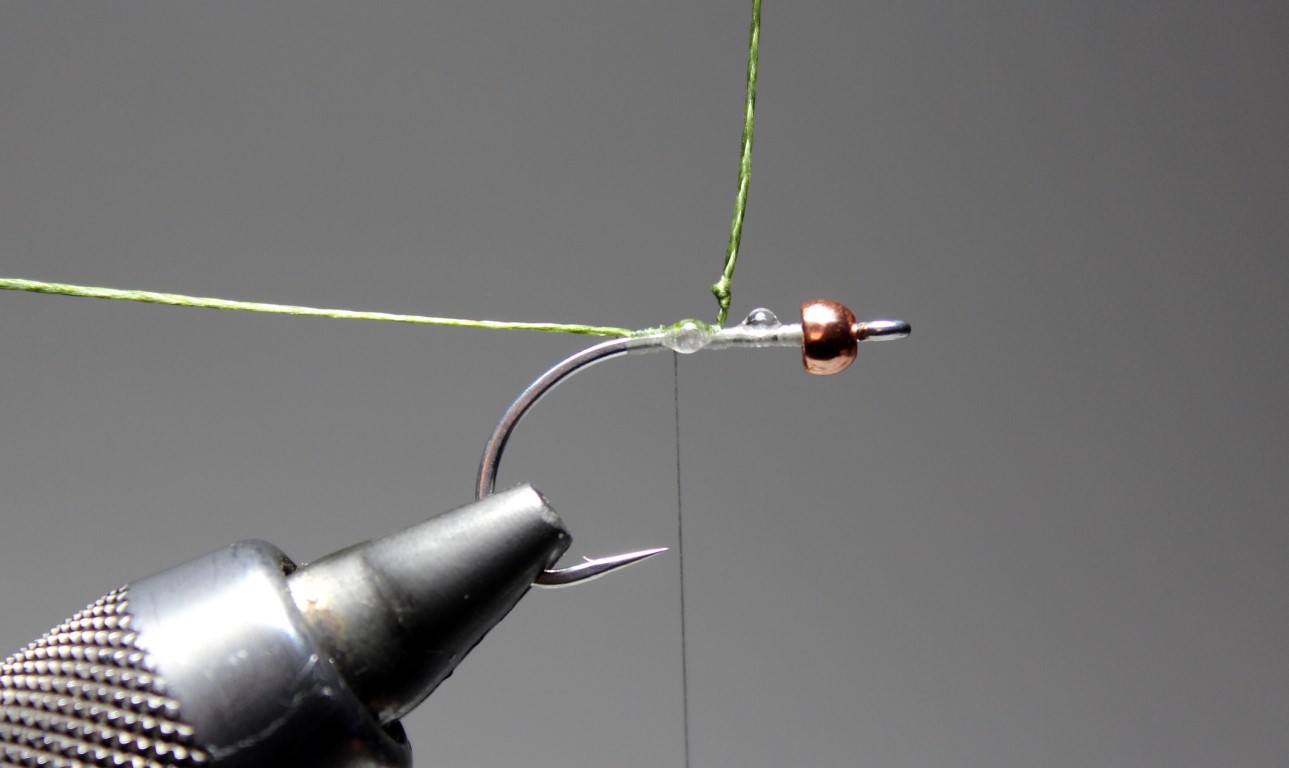
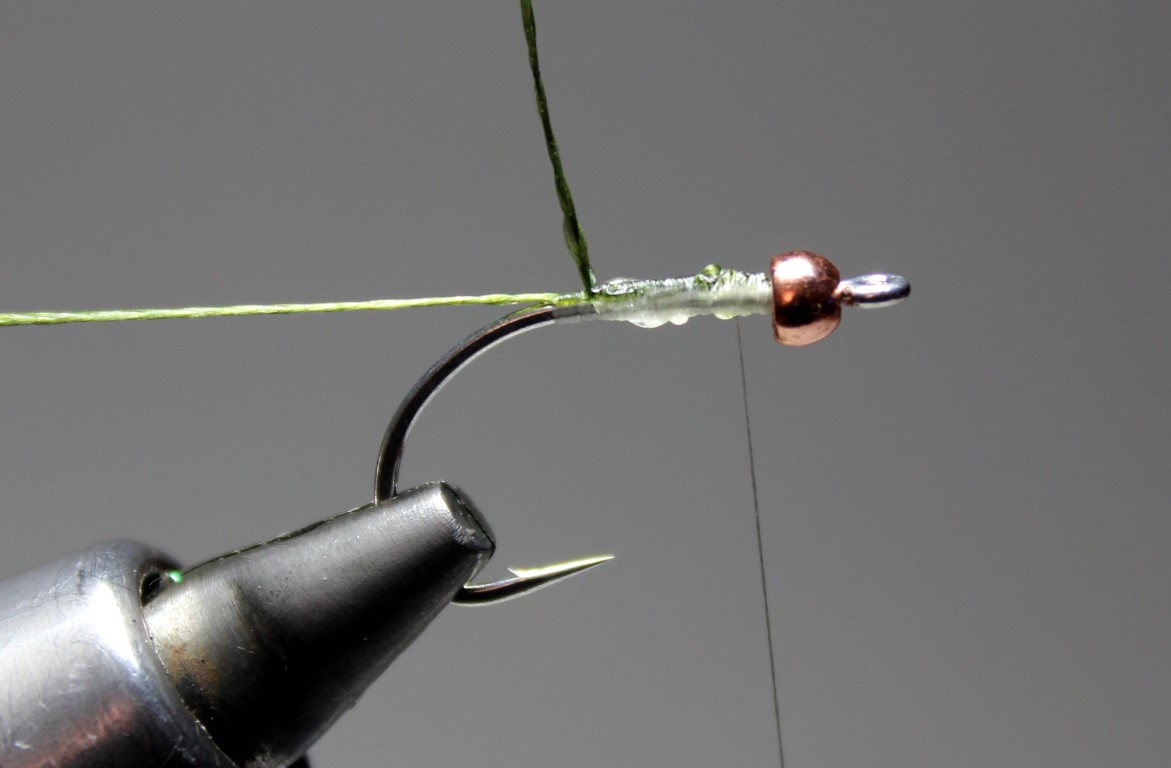
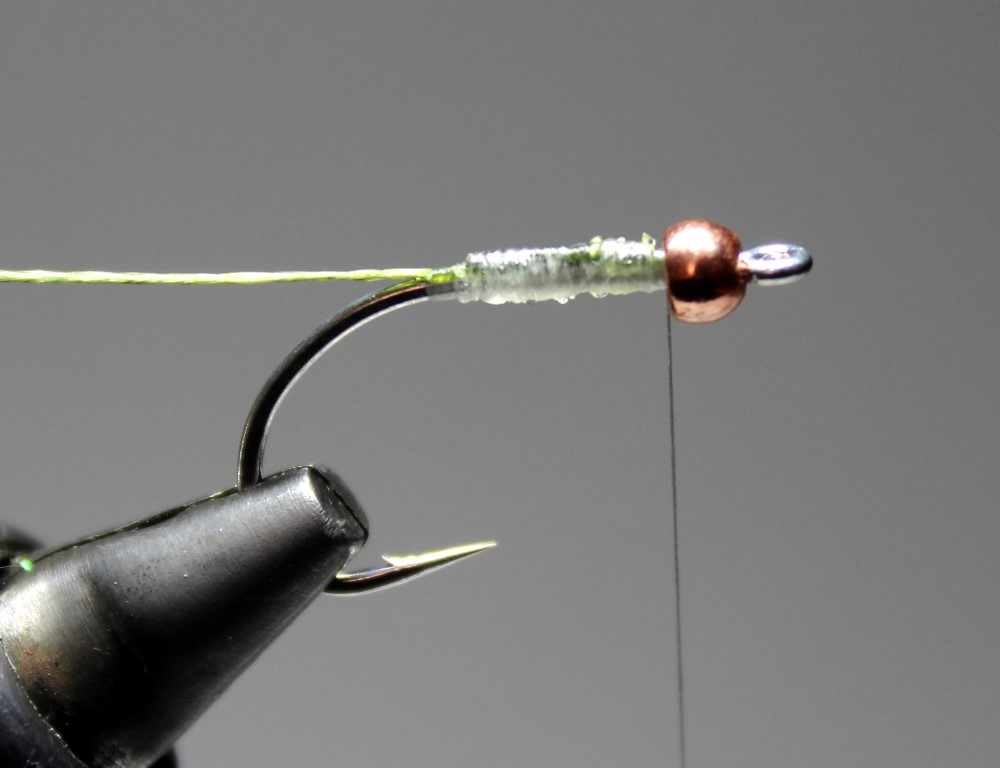
Put the tungsten bead onto the front hook. Do a simple over hand knot in the dyneema fishing line and tie it onto the shank. Secure it with two drops of super glue and keep on tying and fold the dyneema back and forth like shown. No fish will ever destroy this connection!
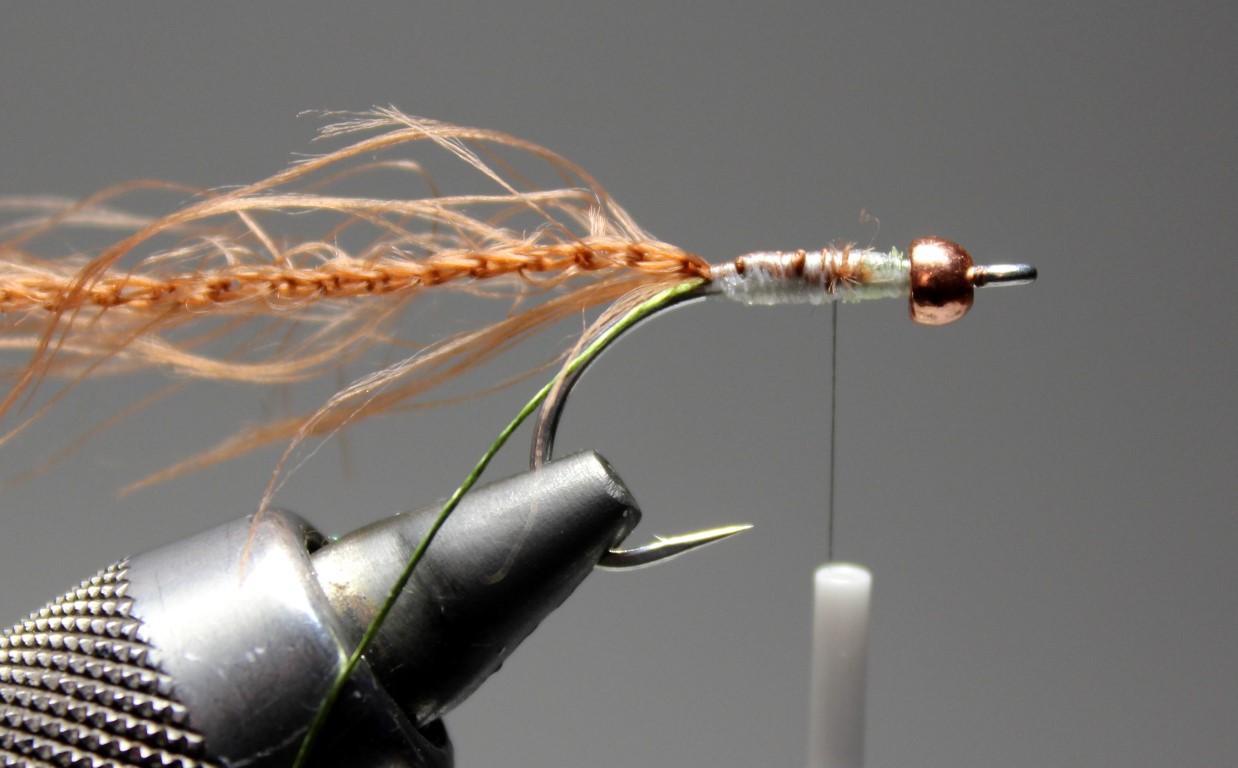
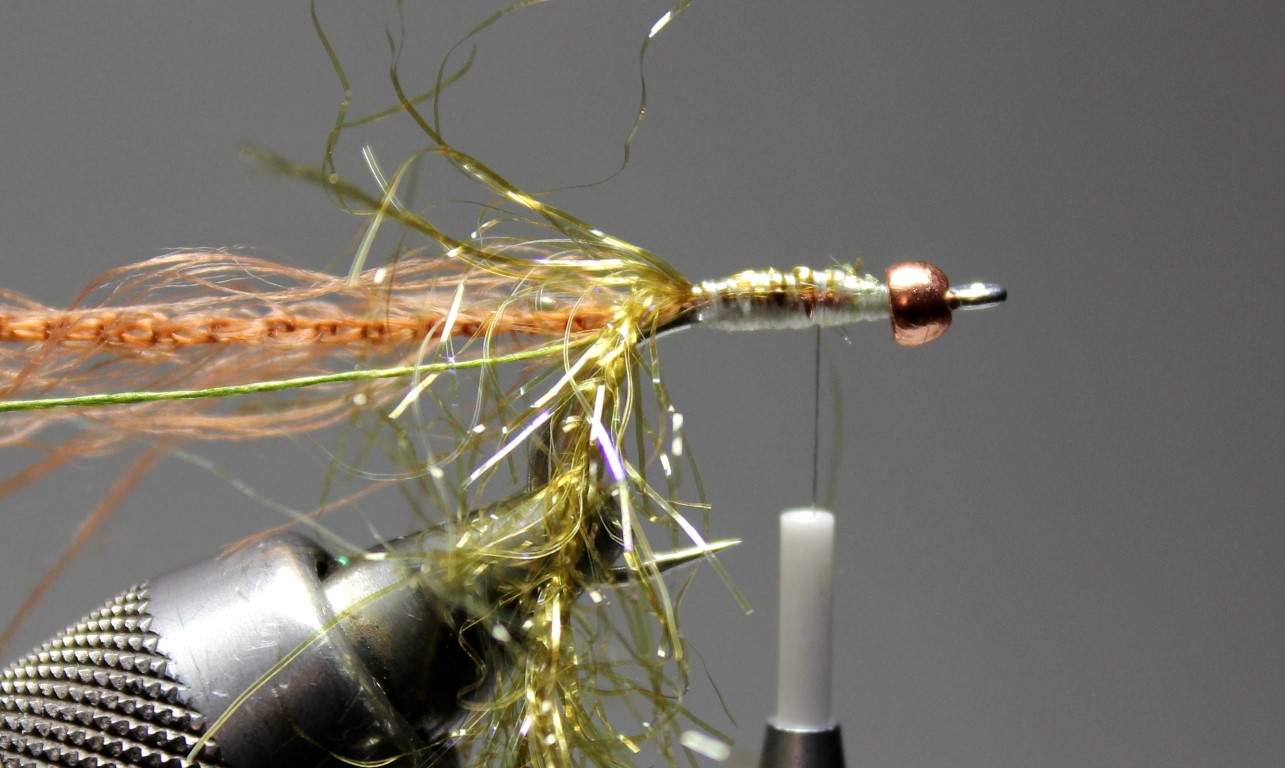
Tie in the polar chenille and the worm wool.
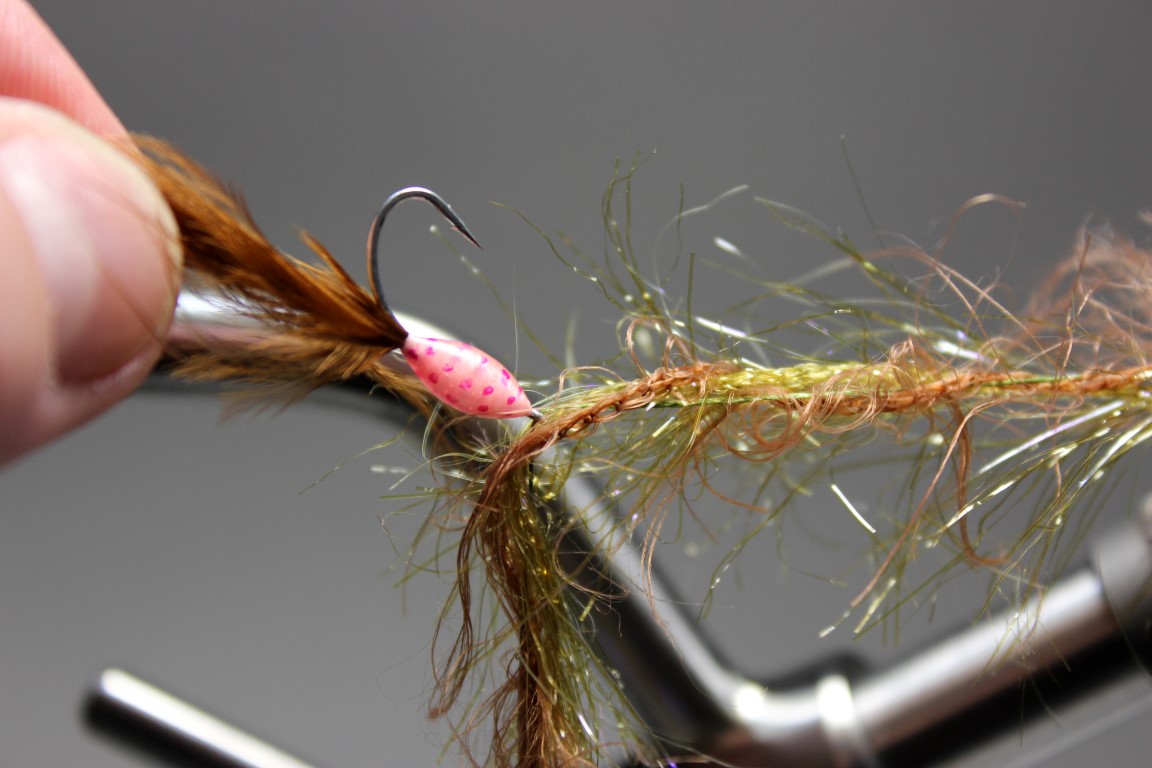
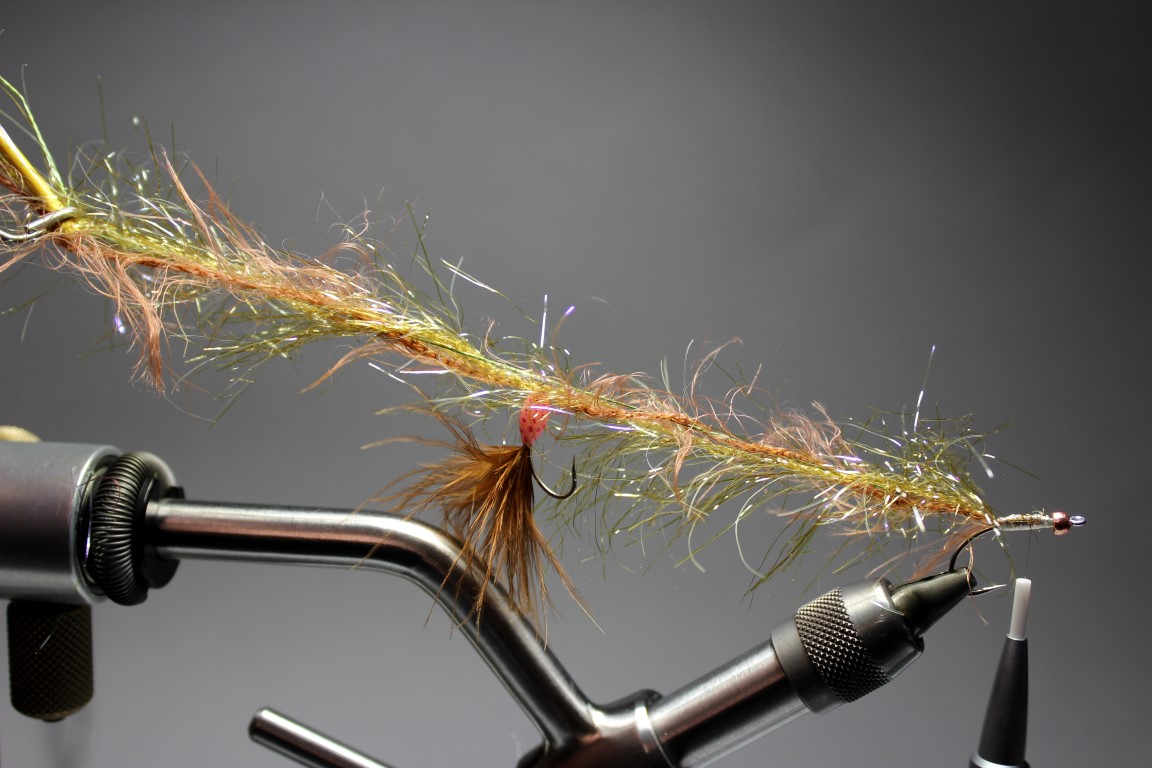
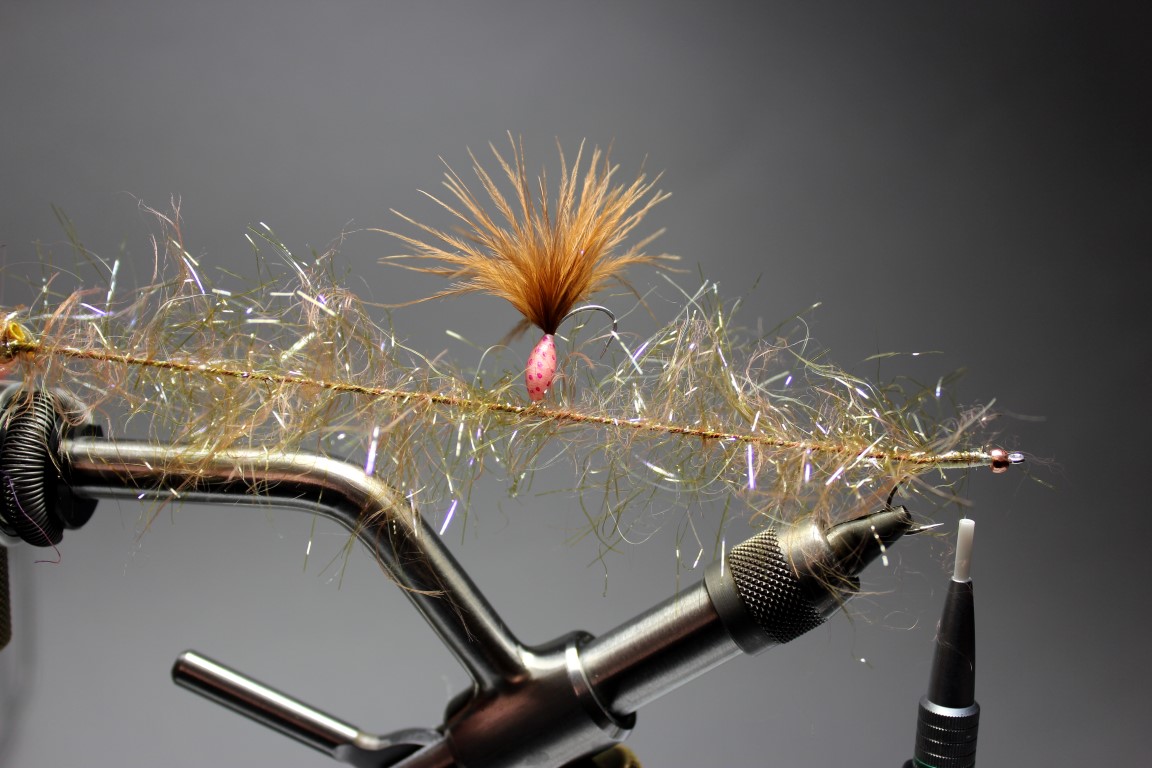
Put the egg hook on the dyneema. That’s how you define the length of the fly. Grab the dyneema, polar chenille and the worm wool and twist it hard.
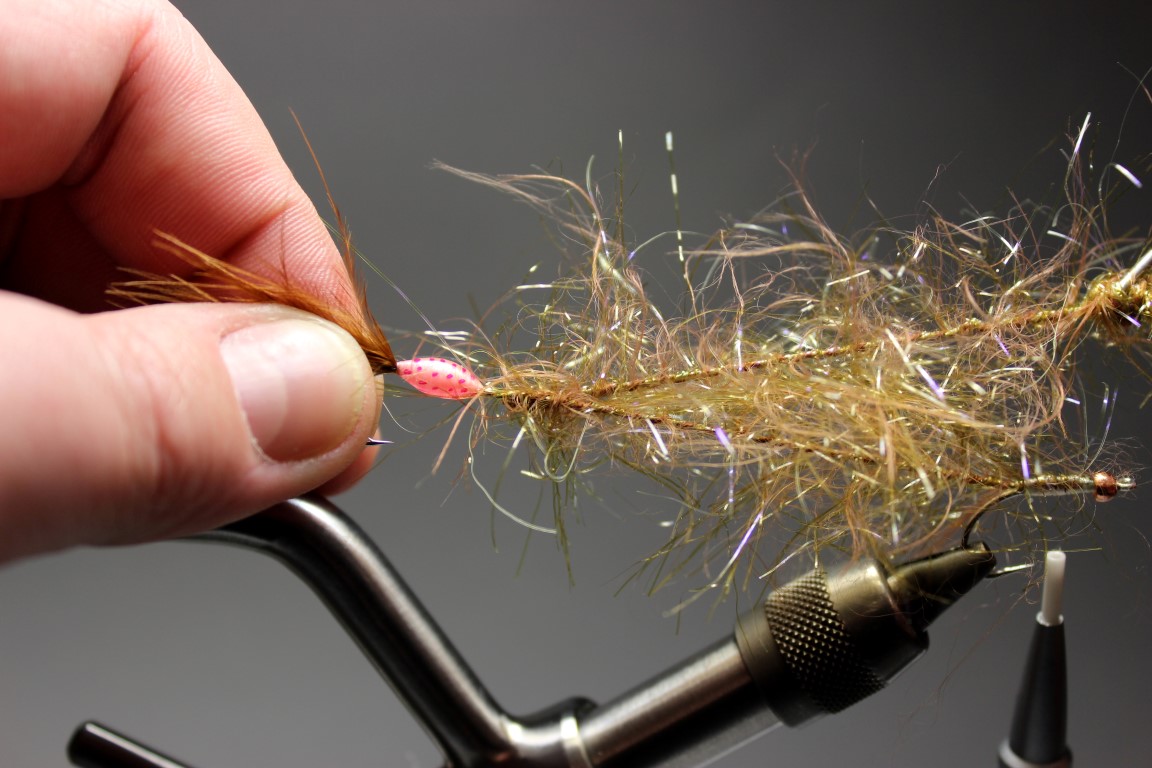
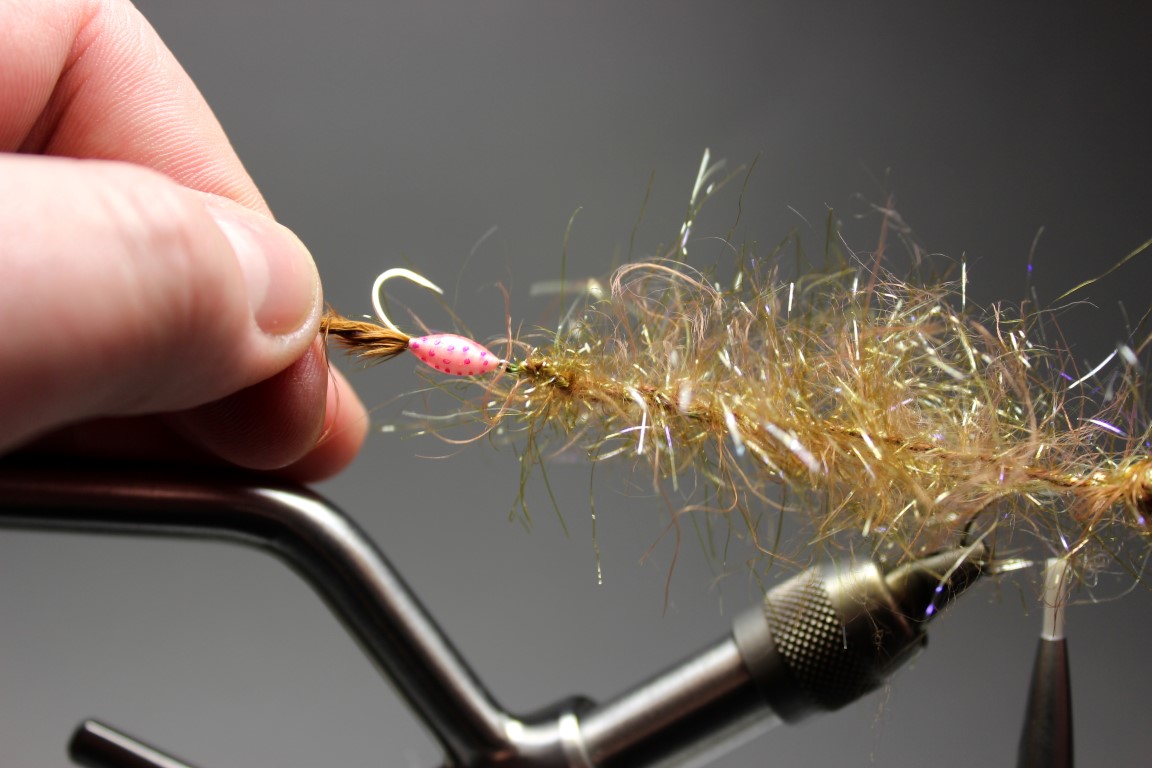
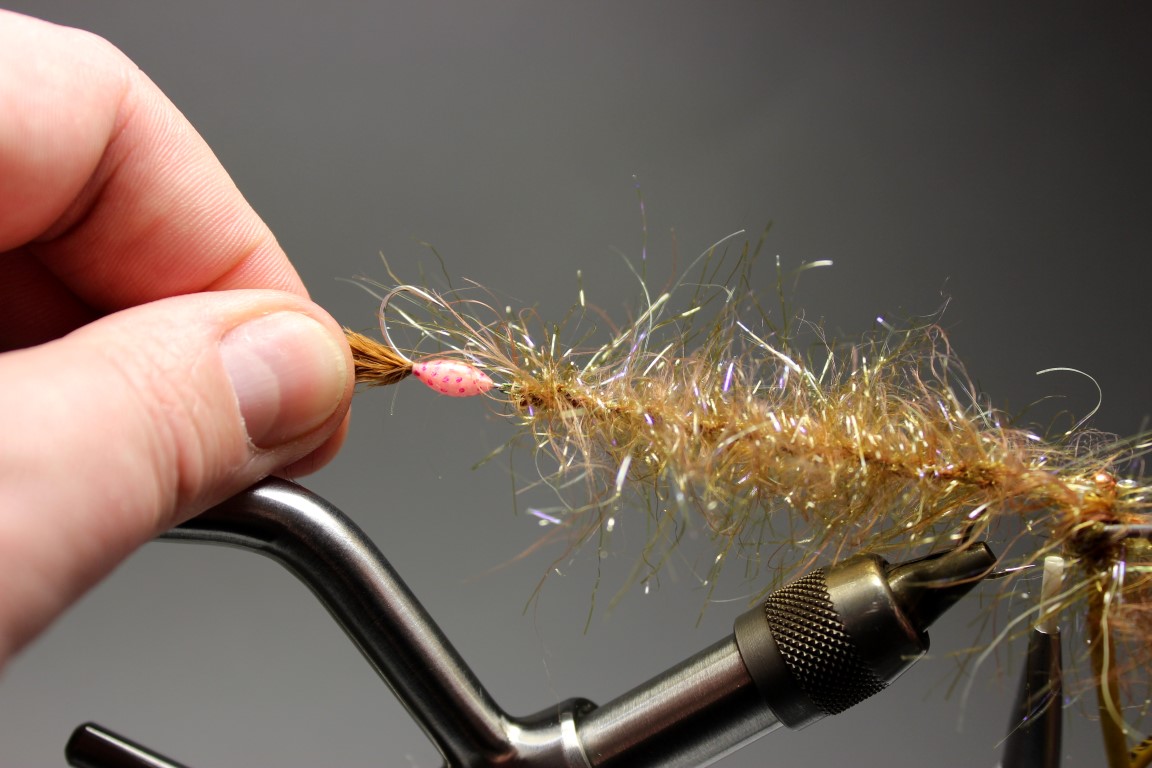
Grab the egg hook and bring the string to the hook eye and let the strings twist into each other.
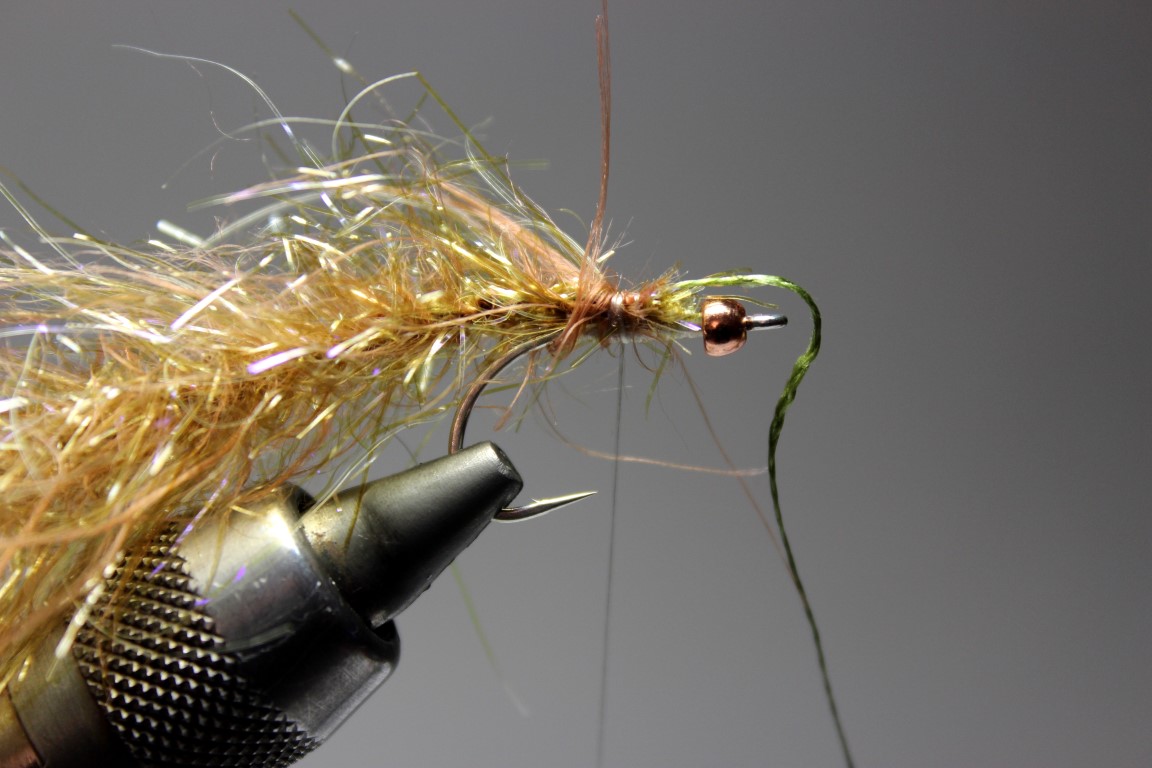
Catch the strings with your thread and cut the polar chenille and the worm wool, but NOT the dyneema fishing line!
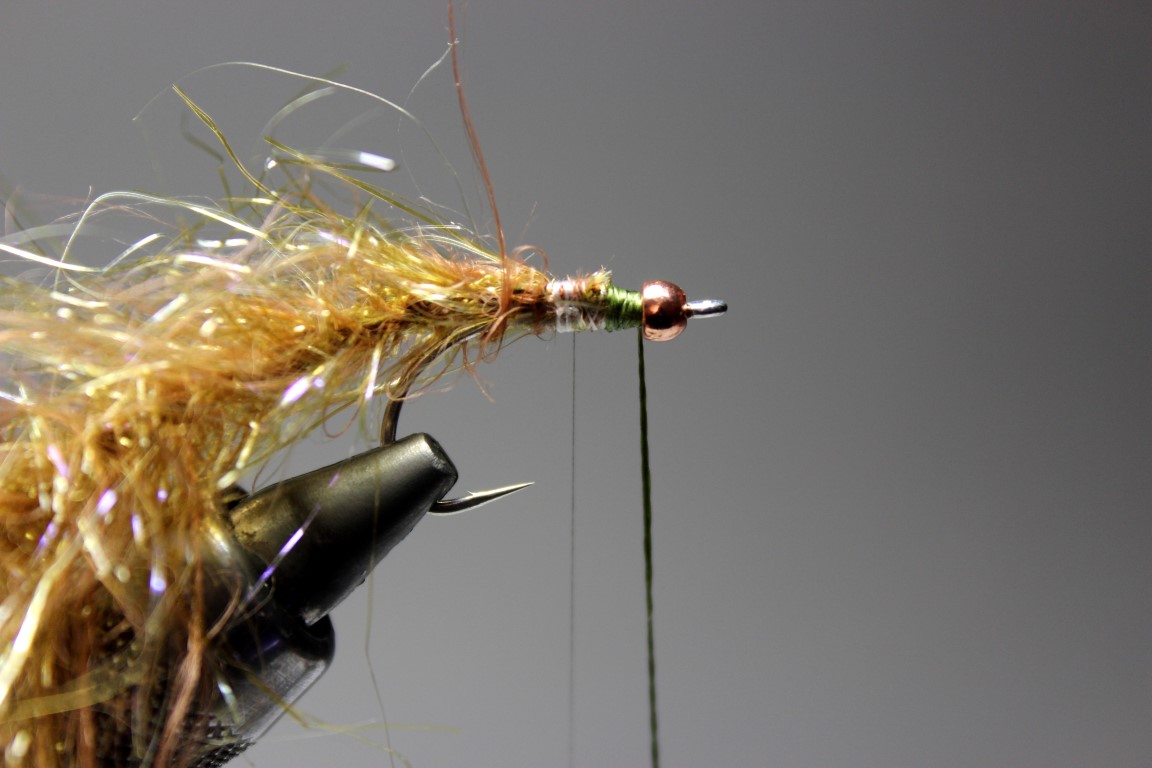
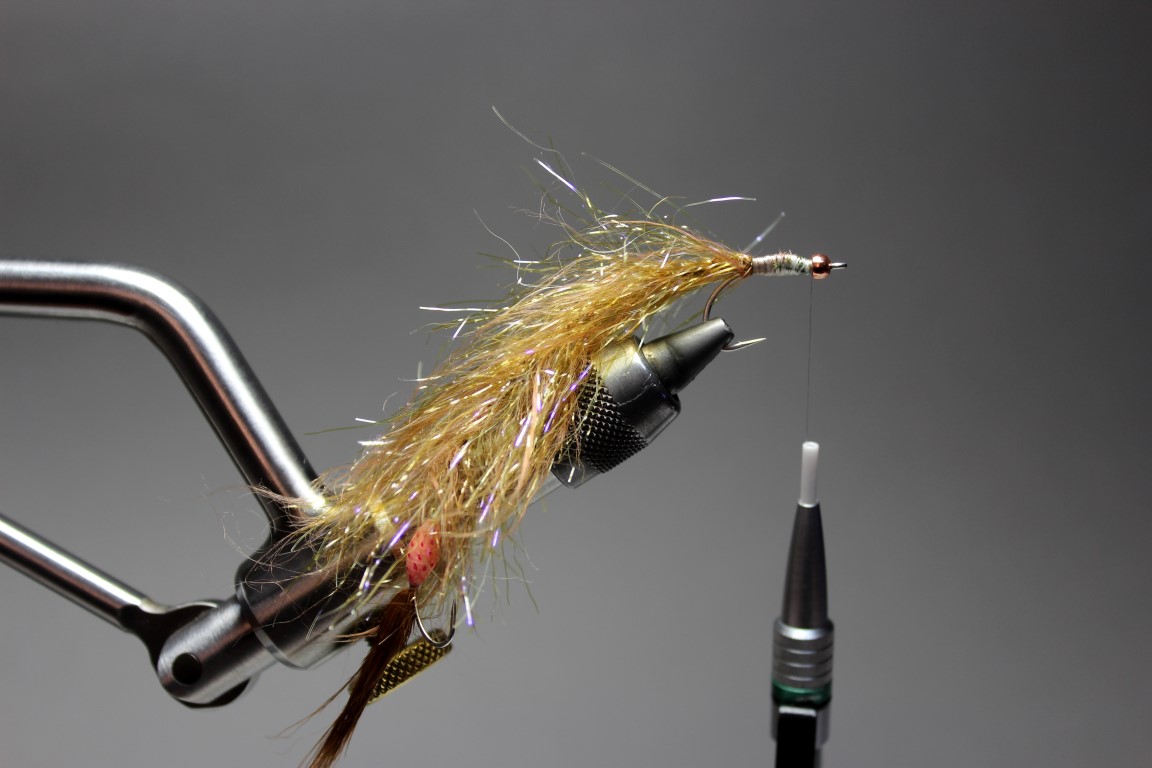
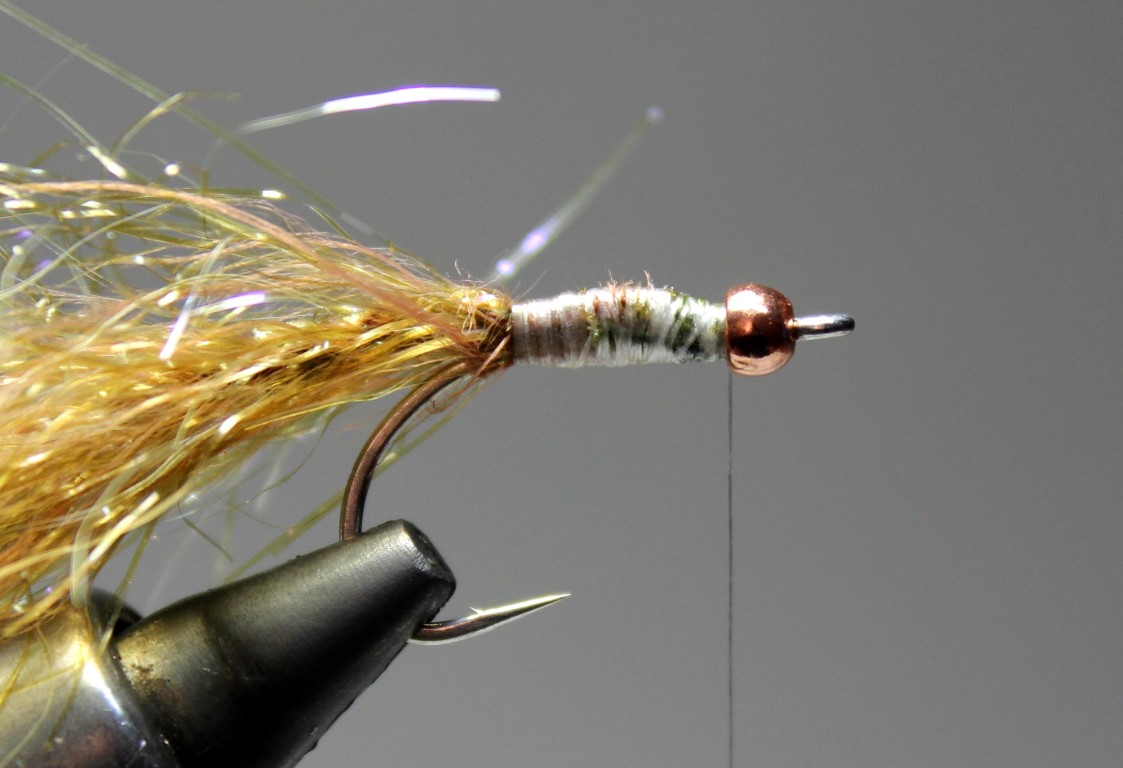
Wind the dyneema fishing line around the hook shank , put a drop of super glue on it and secure it with your tying thread very tight!
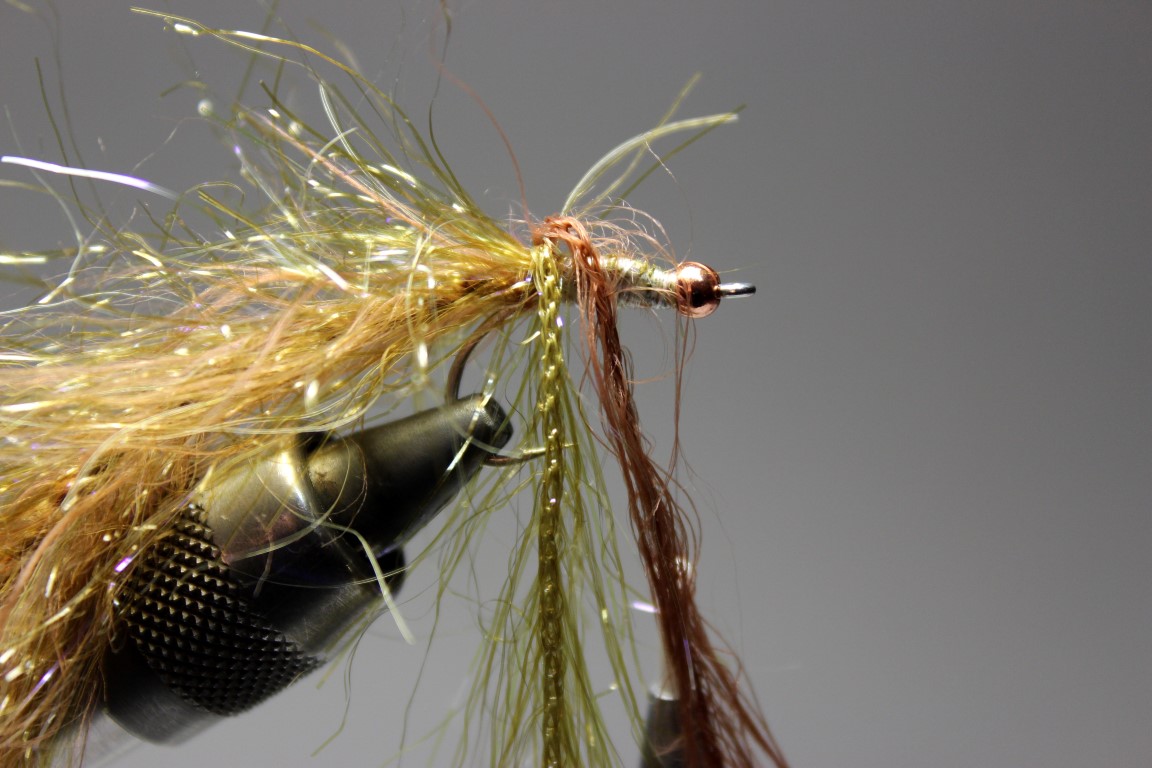
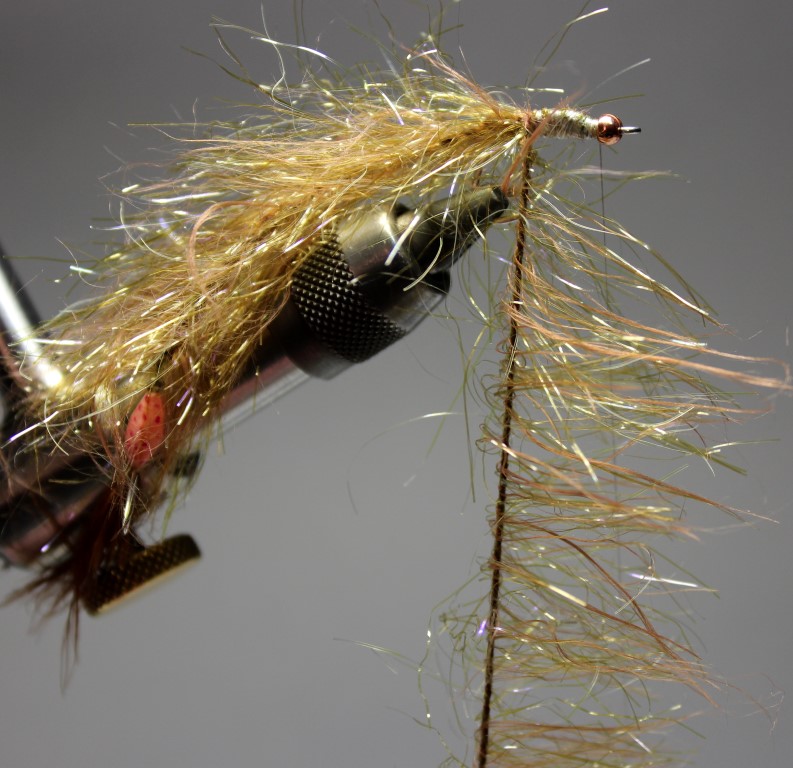
Tie in two another strings of polar chenille and worm wool and twist both strings. Give it a good brush with your velcro. Stroke all fibres to one side.
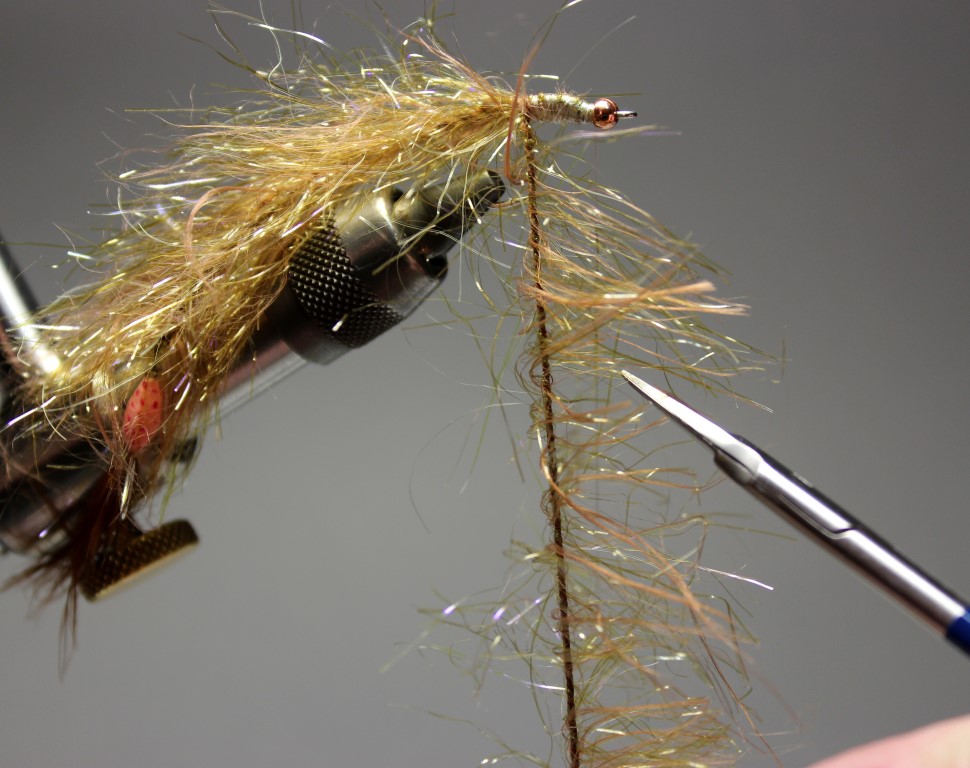
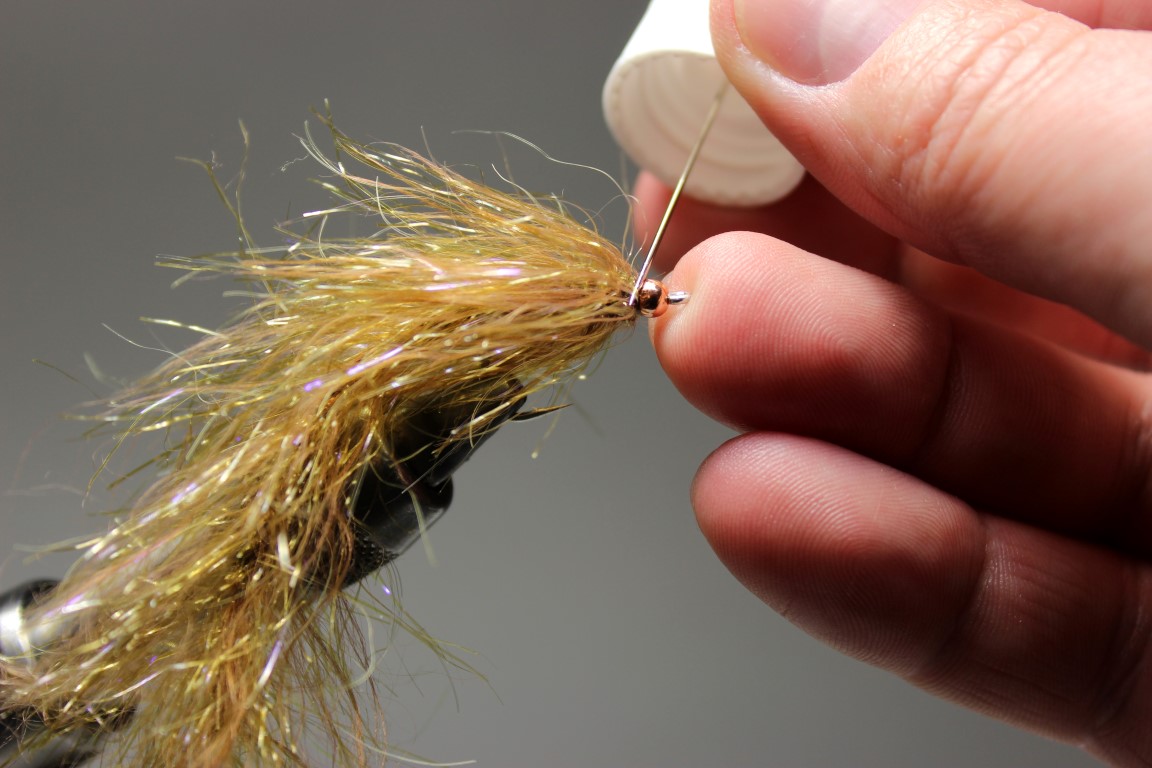
Cut in an angle with your scissors, so the fibres don’t got all the same length. Wind the twisted strands around the shank to the front and catch it with your thread. Cut the strands closely to the bead, do a whip finish and let some thin varnish soak into the front to secure everything.
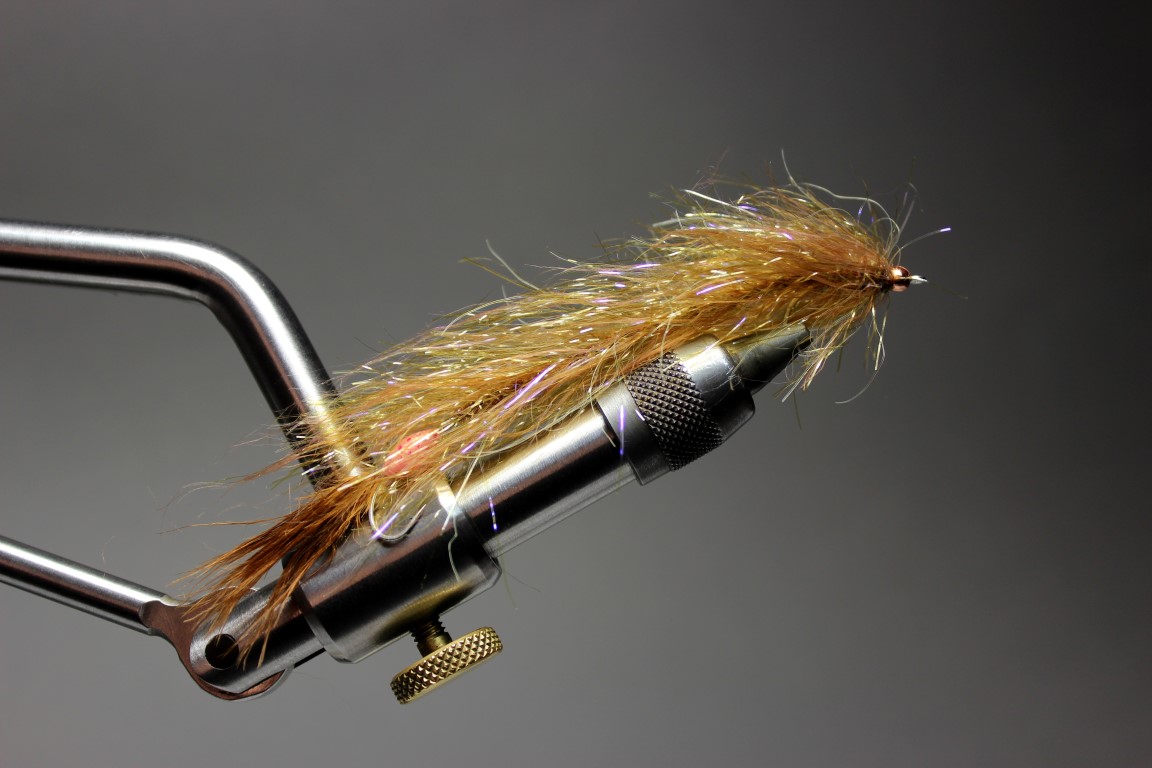
Give the worm a complete brush with your velcro and you’re done! A superb worm fly with a great action in the water and some nice translucency, because of the polar chenille. It’s also a very durable pattern and you can tie it in all colors and sizes you like. If you don’t like flies with two hooks, just cut the hook bend of the front or the back hook close to the body.
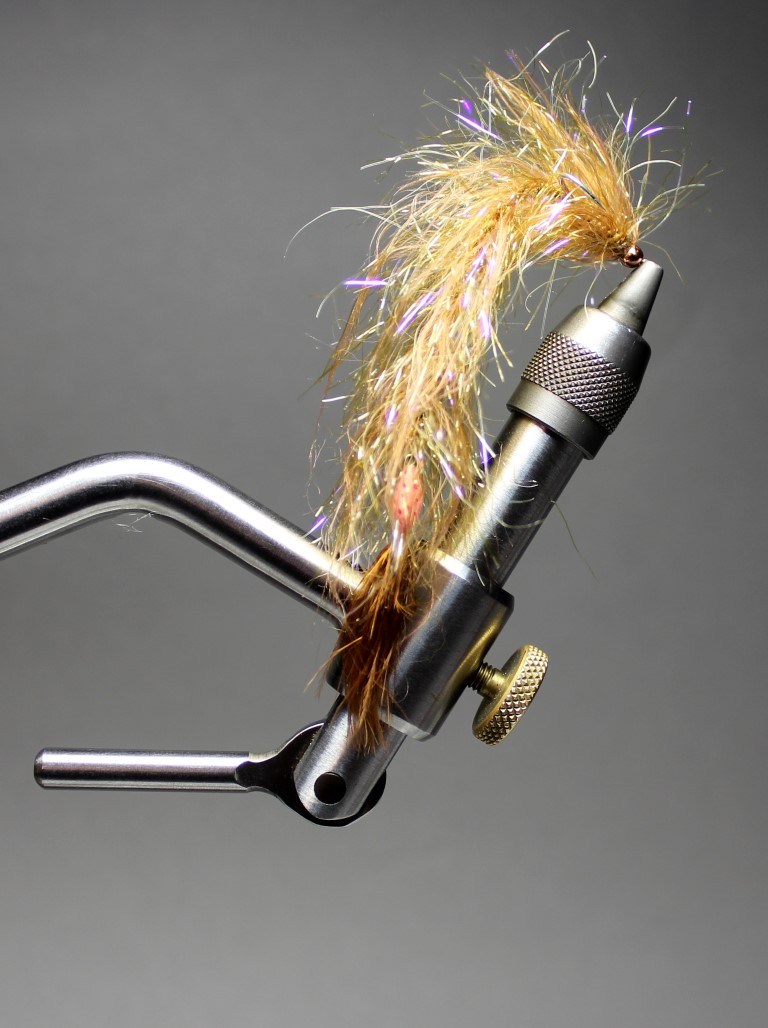
..that’s what they are made for!
Do you remember this pike streamer I’ve posted some time ago?
When I was tying at the „Niederrheinischer Fliegenfischer Tag“ some weeks ago, Frank Steinmann from Scale-Magazine came along and bought some pike streamers I’ve showed on the table at the show.
Today, I saw what happend to my little buddy from the above picture.
It was eaten by an greedy pike!
It’s always cool to see such shots of a fish with a fly in its mouth that I’ve tied and a fishermen with a big smile on his face! That’s how it should be!
Hope you’ll catch some more Frank!
Btw: Go and visit www.scale-magazine.com it’s a really cool magazine!
Colorful Klinkis #14
Kind Of Klink
Klinkhamer for Graylings
Project Sandeel is finished
These sandeels are for my private box. Everyone is a little bit different. Some are extra weighted, some are not. 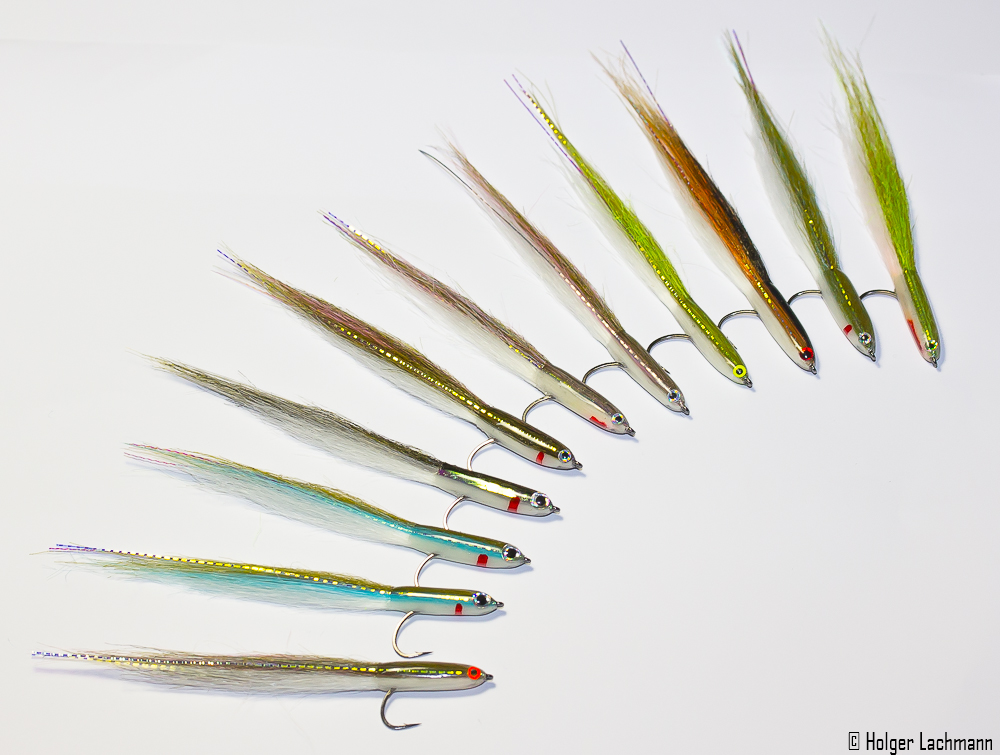
More Sandeels and better pictures
Frankenstein was an amateur !
…the finished fly…
A closer look at: Hedron Grizzly Barred Flashabou, Snow Runner (Nayat) and Hedron Curled Big Fly Fiber Flash
My Buddy Alex from ADH-Fishing sent me some cool new stuff for testing! Here are my thoughts about it:
Everybody knows Flashabou , it’s THE flash material since many, many years. It moves fantastic in the water, reflects a lot of light and is available in many colors. Just great stuff. Now, there is something really new in the family of Flashabous:
This stuff is really awesome! It’s not flashy as you might think, when you hear the name. It got a very discreet shimmer and for that reason, you can use it in streamers and flies, which should look natural and stealthy and you can use it in bright, flashy flies. It gives the fly more contrast and it’s also an alternative for the long, thin grizzly feathers. We all like these feathers in our big streamers and predator flies, but they are unfortunately very expansive nowadays.
I love it! Awesome to use in pike flies and other types of big streamers for mean predators. Moves great in the water and it doesn’t absorb a lot of water like other natural materials like arctic fox. It’s also very durable.
It is very easy to tie with. You will create a superb shape to your fly due to its high volume because of a minimal krinkle. It pumps like hell in the water.
I used it mainly for pike flies, but it’s also very useful for long winged salmon patterns such as Sunray Shadows, Collie Dogs and other skandinavien big salmon flies.
The average length is about 13 to 15cm, partly up to 20cm.
If you like to tie and fish pike flies, it’s really a must have in your fly tying box!
Hedron Curled Big Fly Fiber Flash
Big Fly Fibre is well known since some years for using it in very big flies, which are still super easy to cast, because it’s synthetic and it doesn’t absorb any water. Now there are some new cool color blends and Hedron put also some flash into it. In the pictures, you can see two examples: „Sunset“ on the left, which is a mix of orange/red and yellow with pearl flash and on the right „Golden Olive“ with green, olive and brownish fibres (one of my favourites!) mixed with green holographic flash. It also much longer than the normal big fly fibre! So cool!
Here’s a short example how you can combine those materials to create a really easy and great moving/looking pike fly.
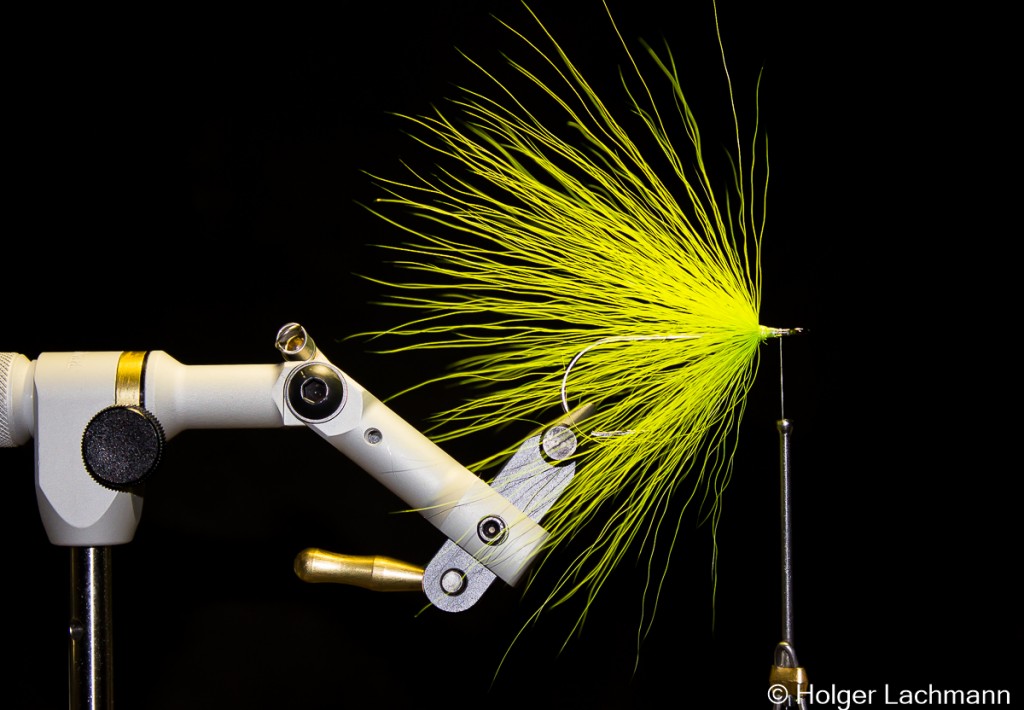 First, do a collar with Bucktail
First, do a collar with Bucktail
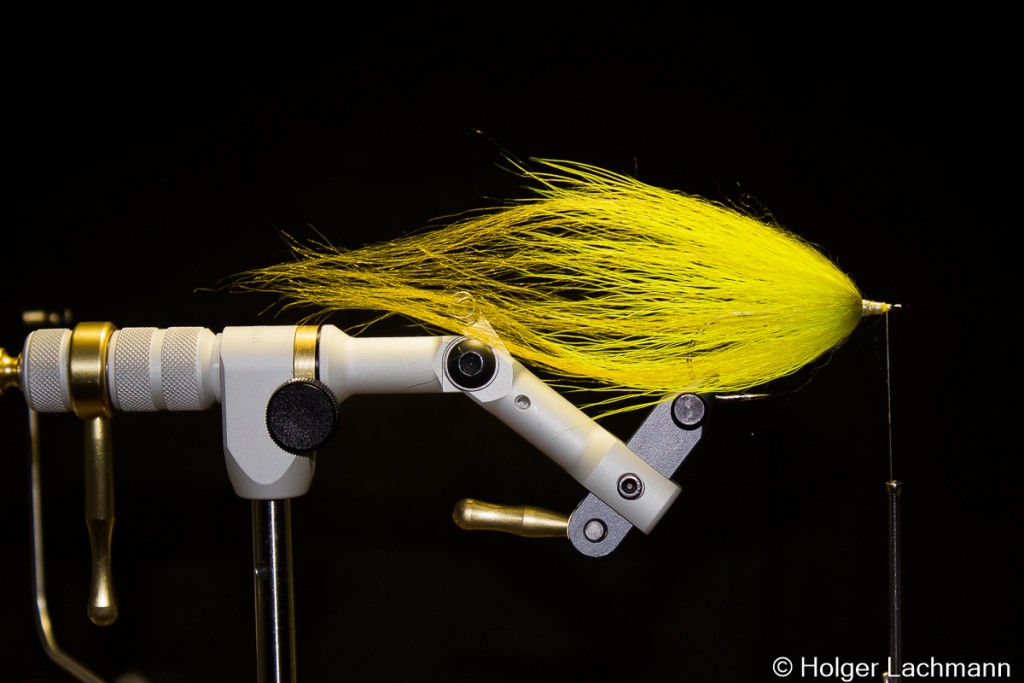 Take a bunch of Nayat and tie it around the Bucktail collar.
Take a bunch of Nayat and tie it around the Bucktail collar.
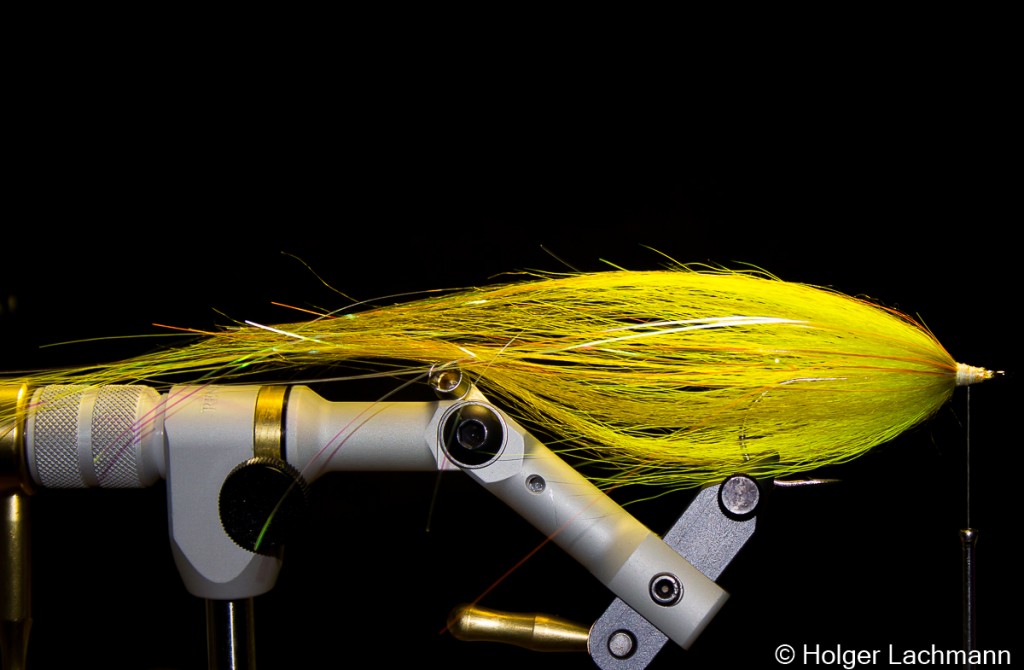 Some fibres of Curled Big Fly Fibre Flash over the Nayat
Some fibres of Curled Big Fly Fibre Flash over the Nayat
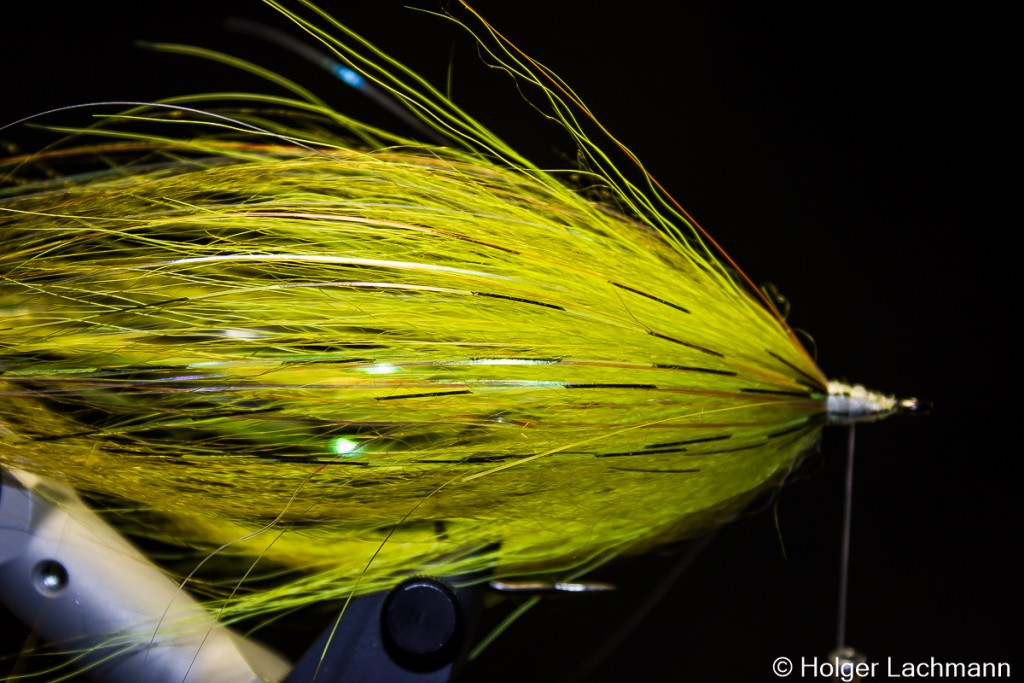 And some Grizzly Barred Flashabou to give some contrast. Super easy and it looks awesome!
And some Grizzly Barred Flashabou to give some contrast. Super easy and it looks awesome!
You can find the materials by clicking onto the following links (choose between german and english language):

